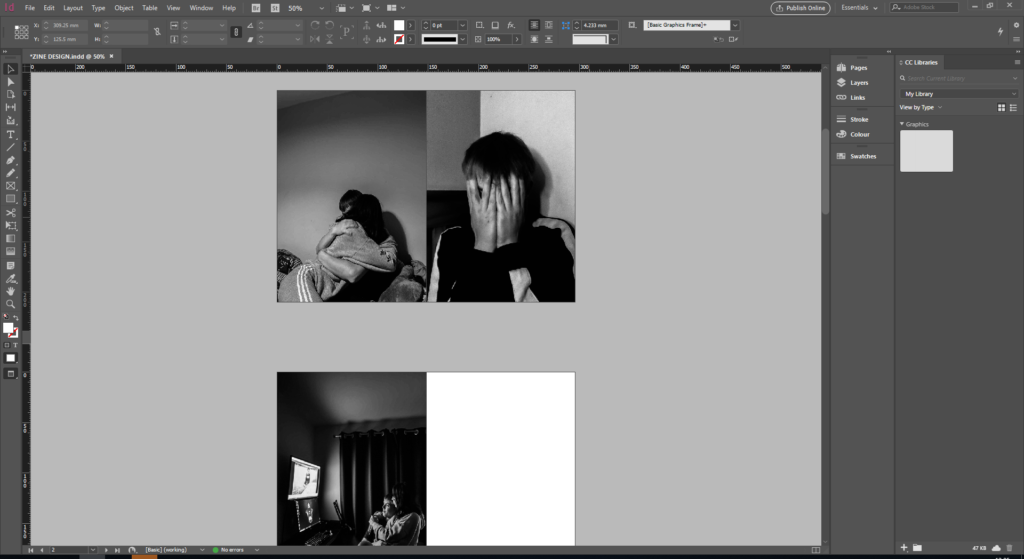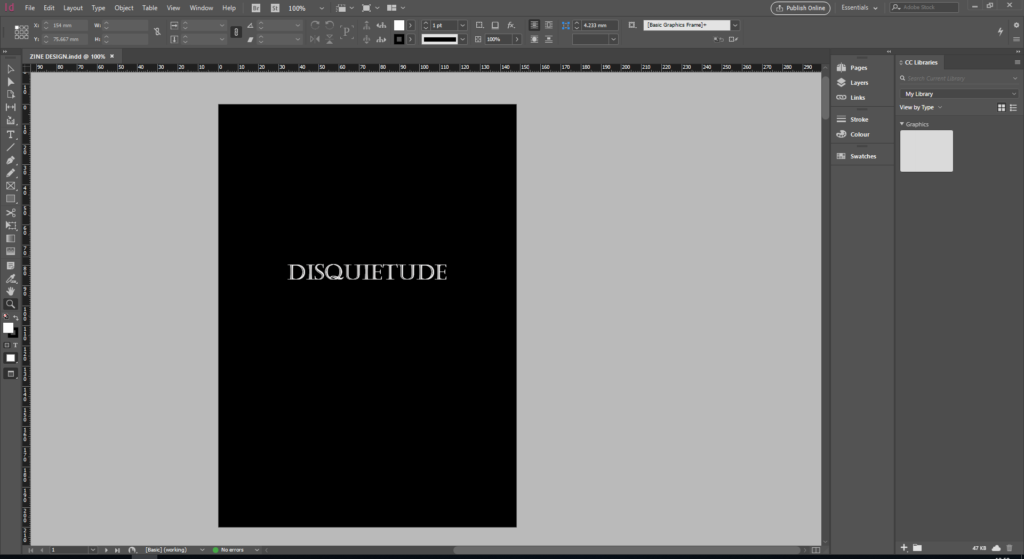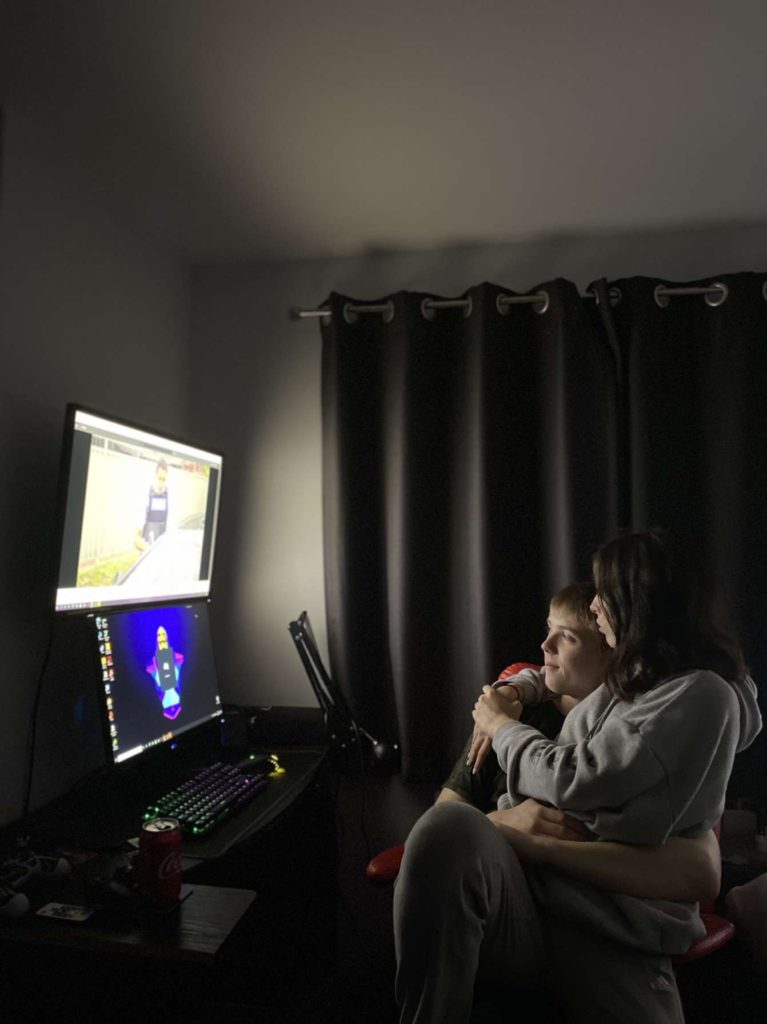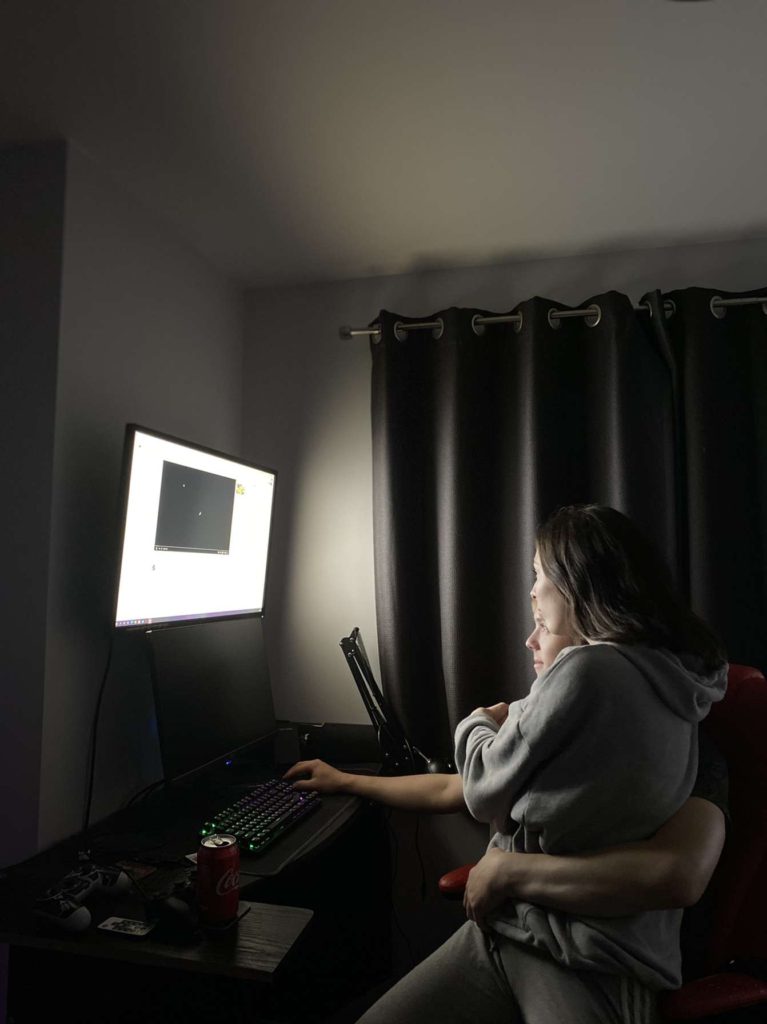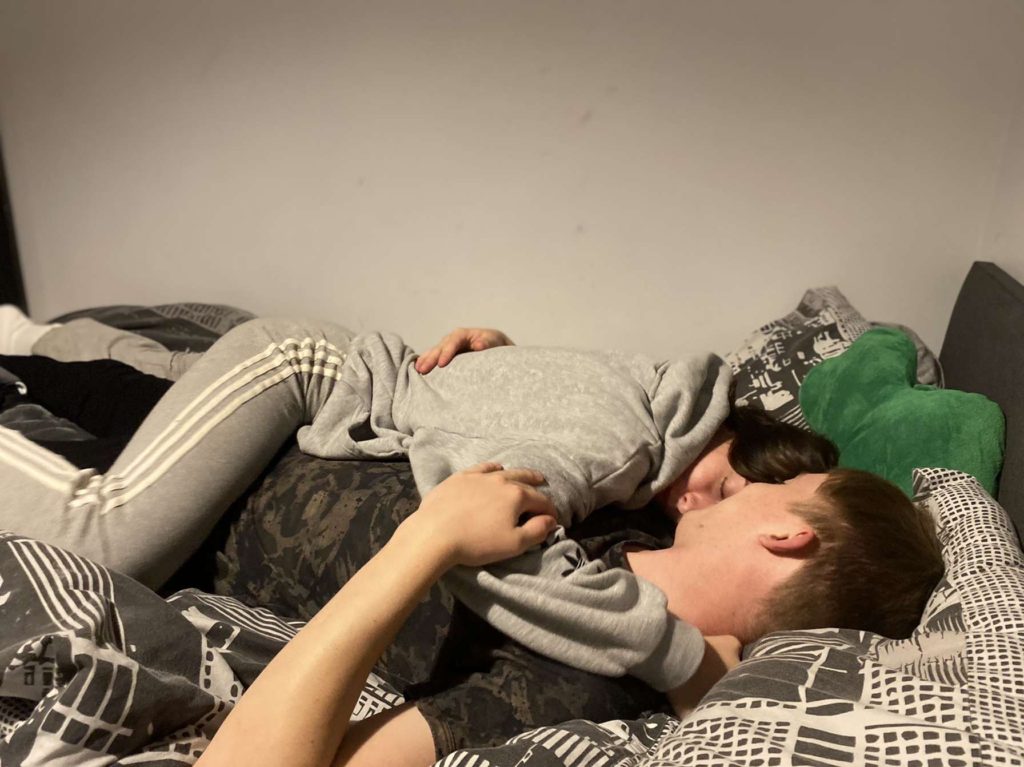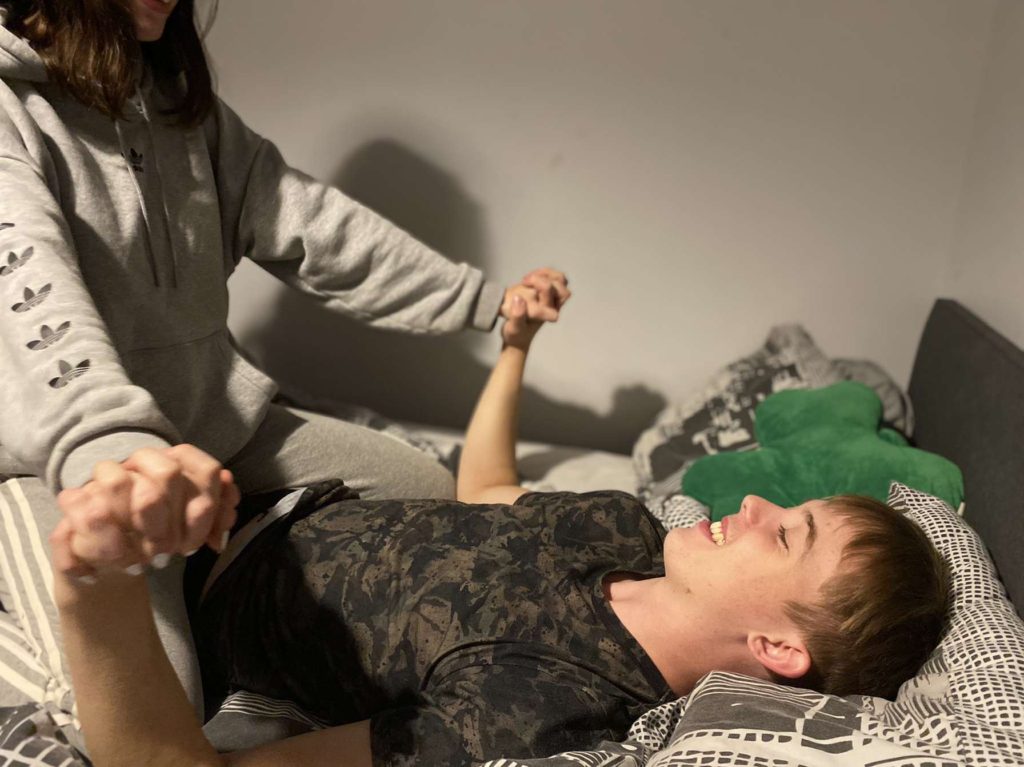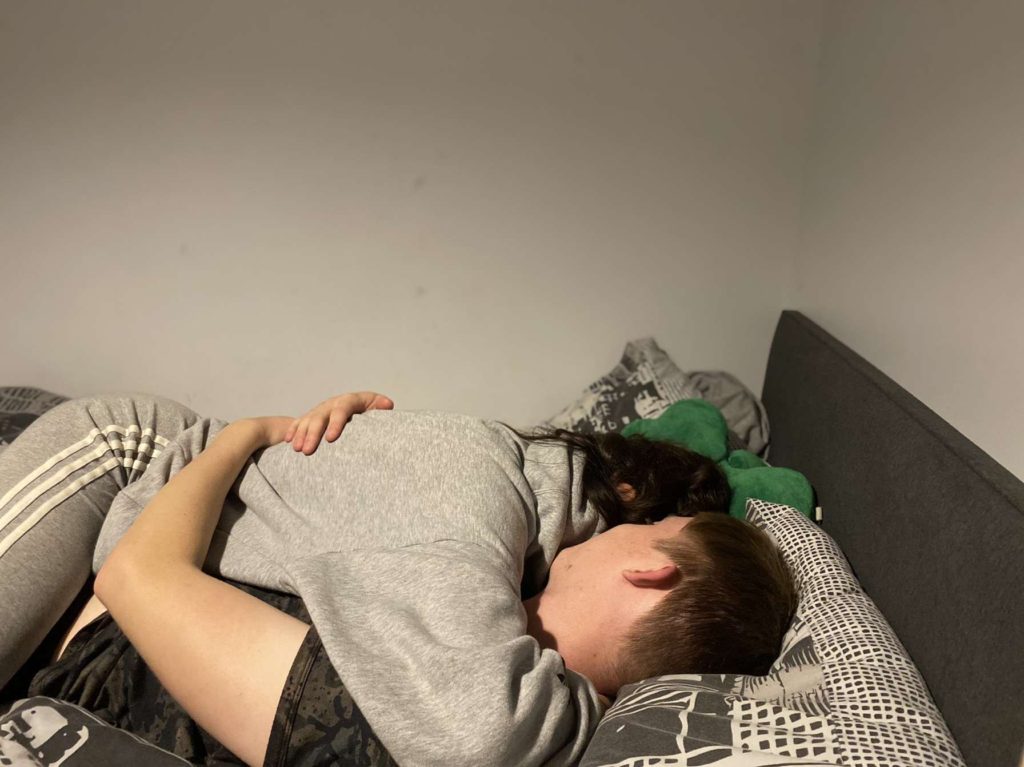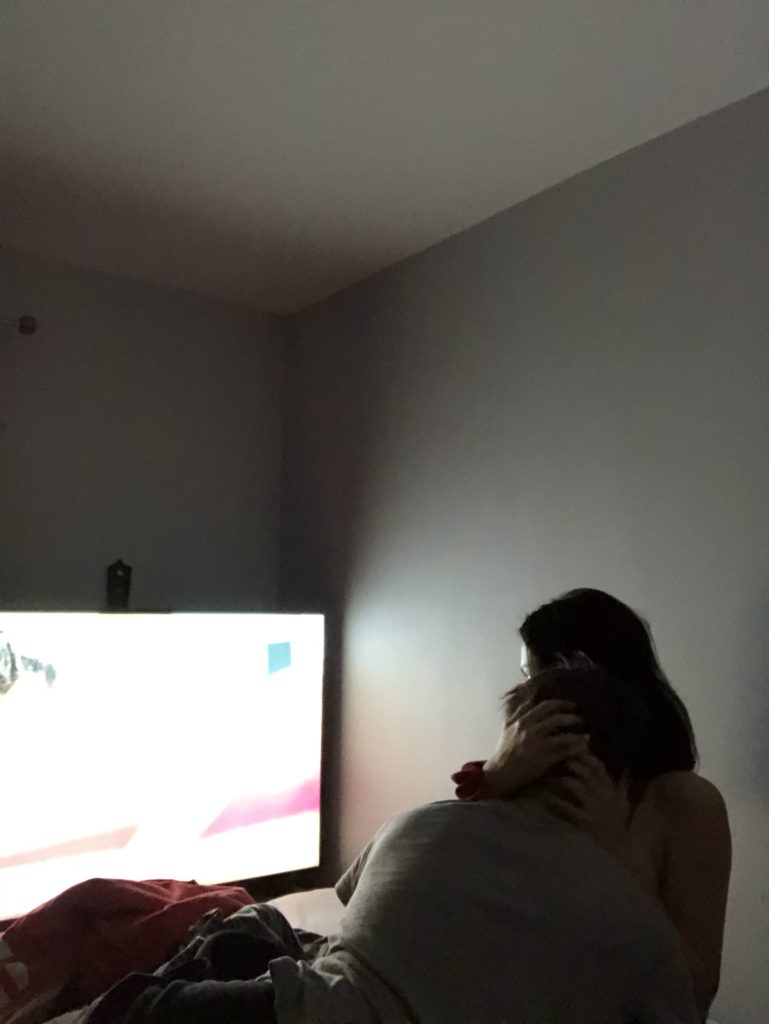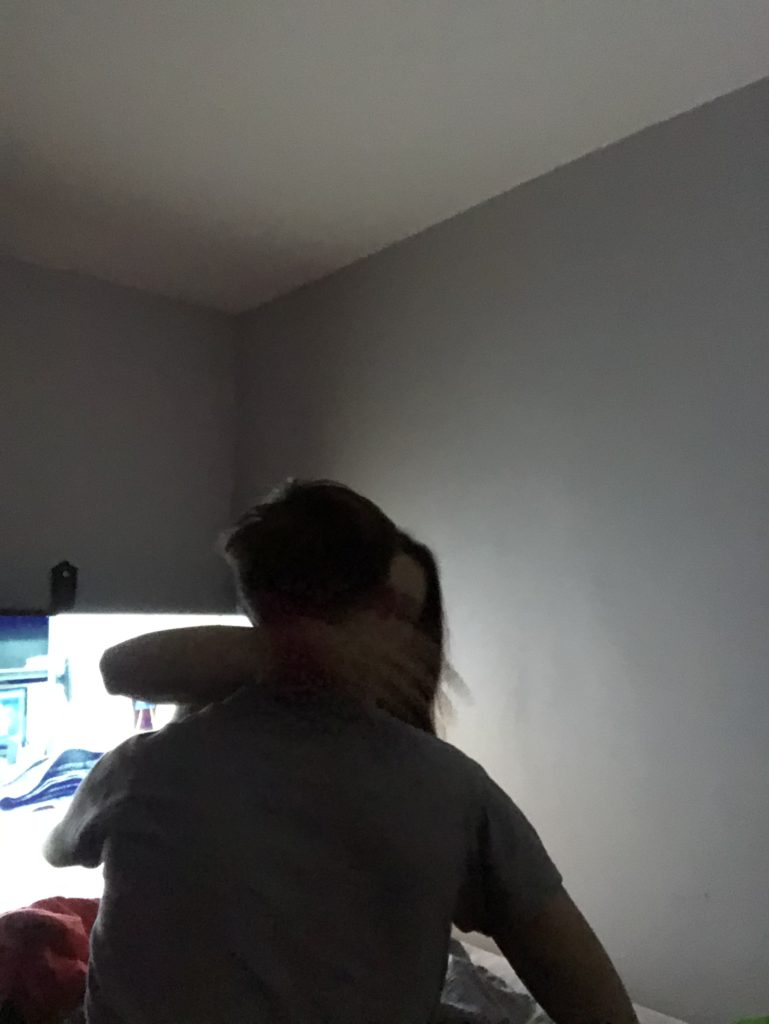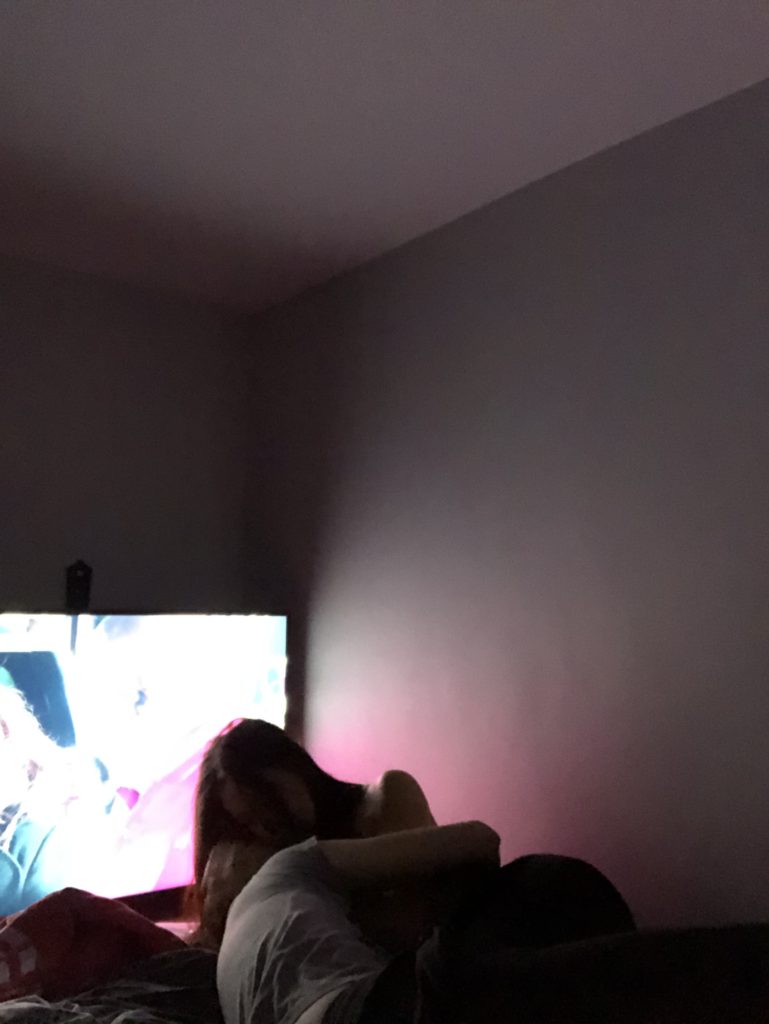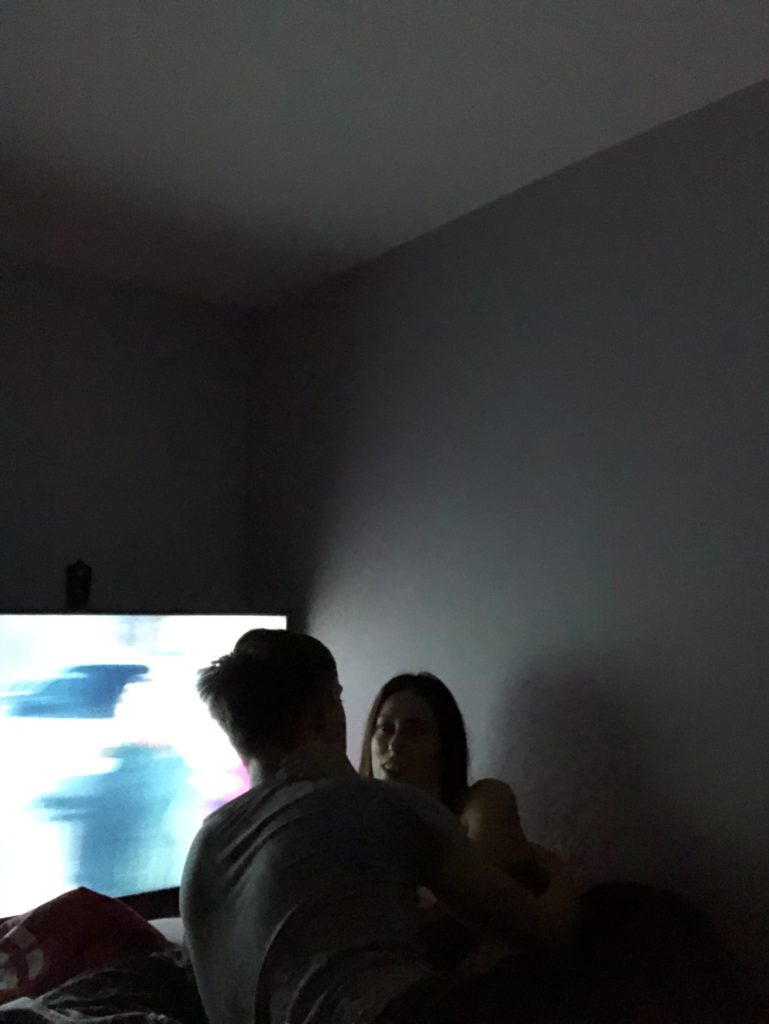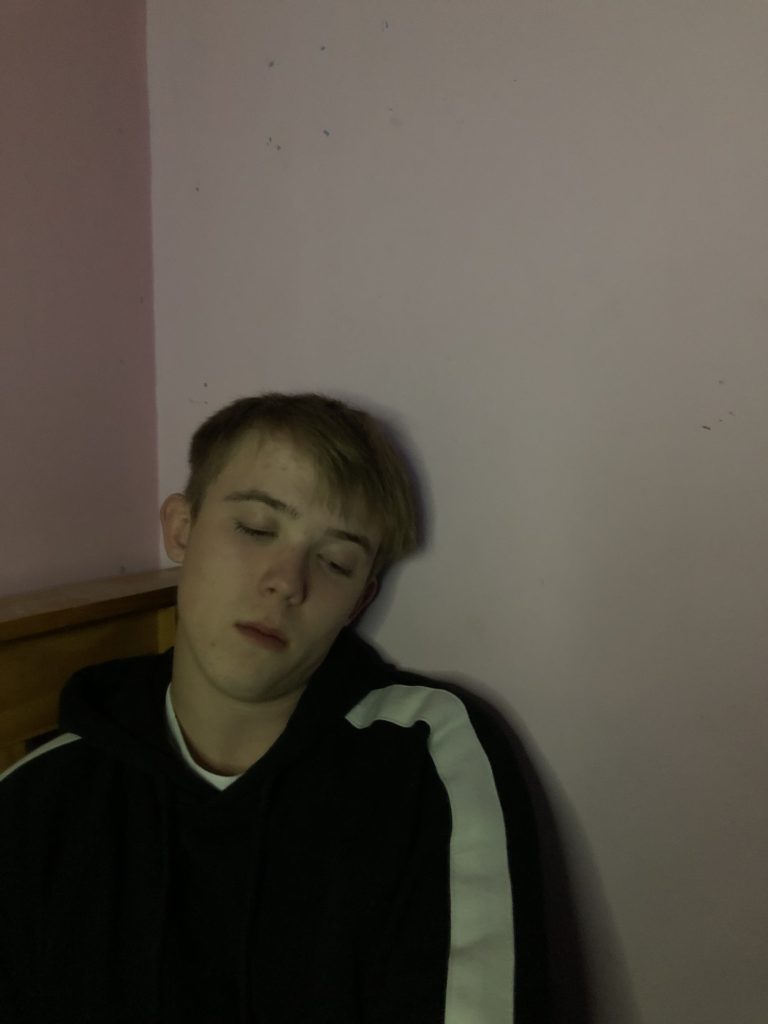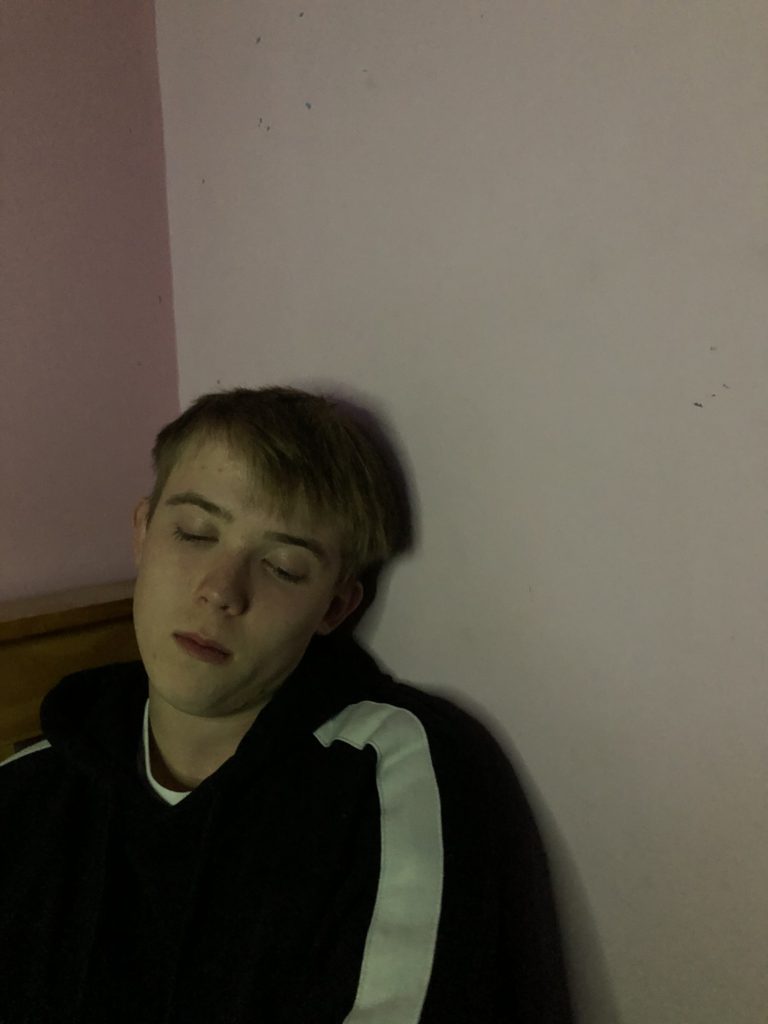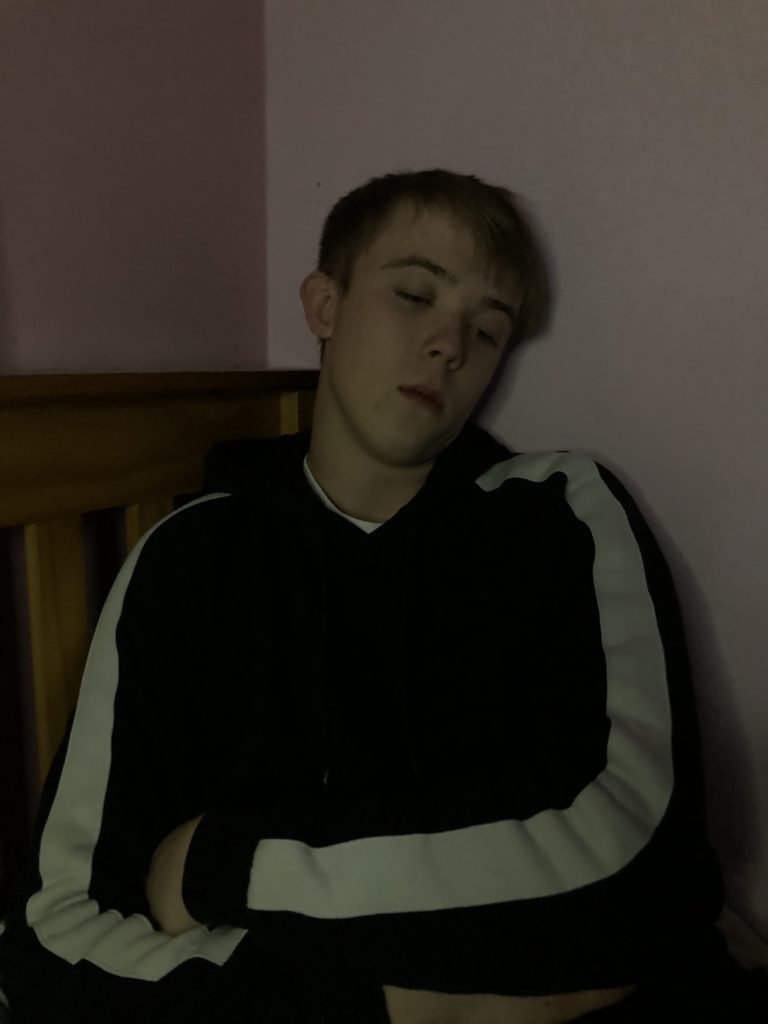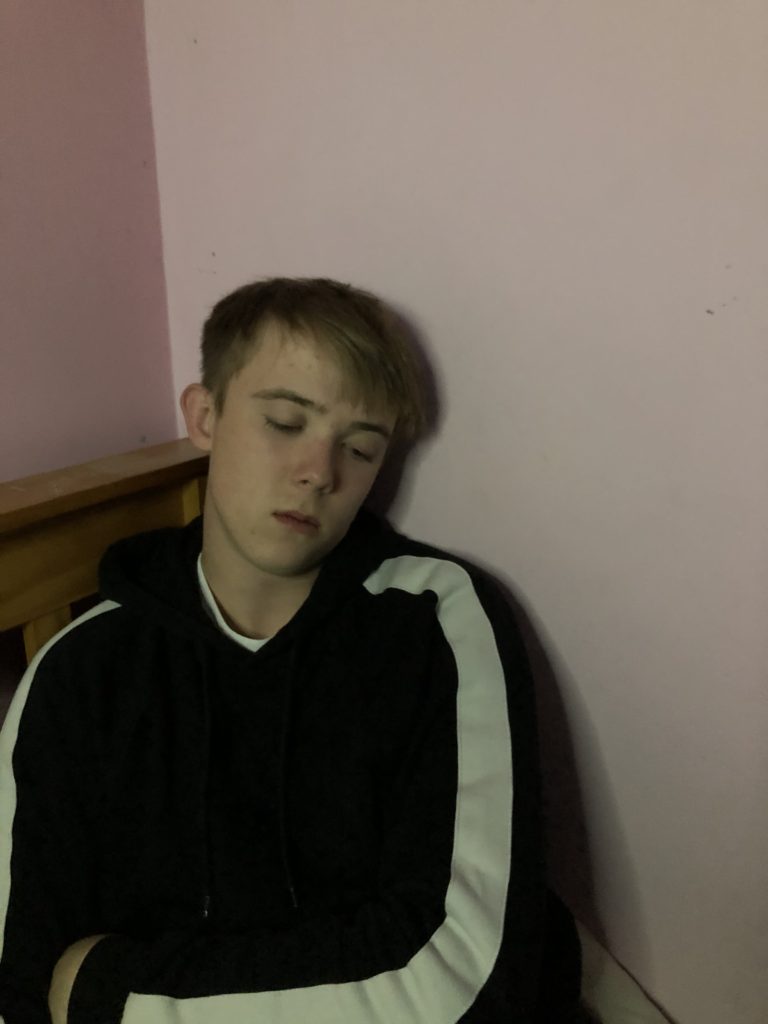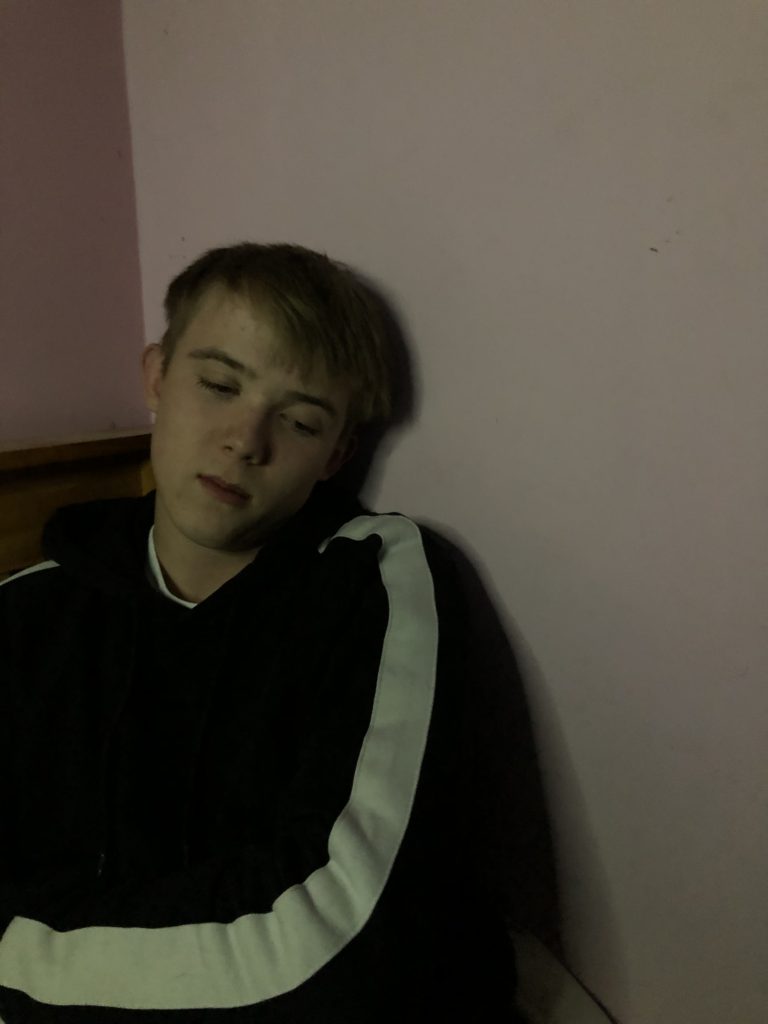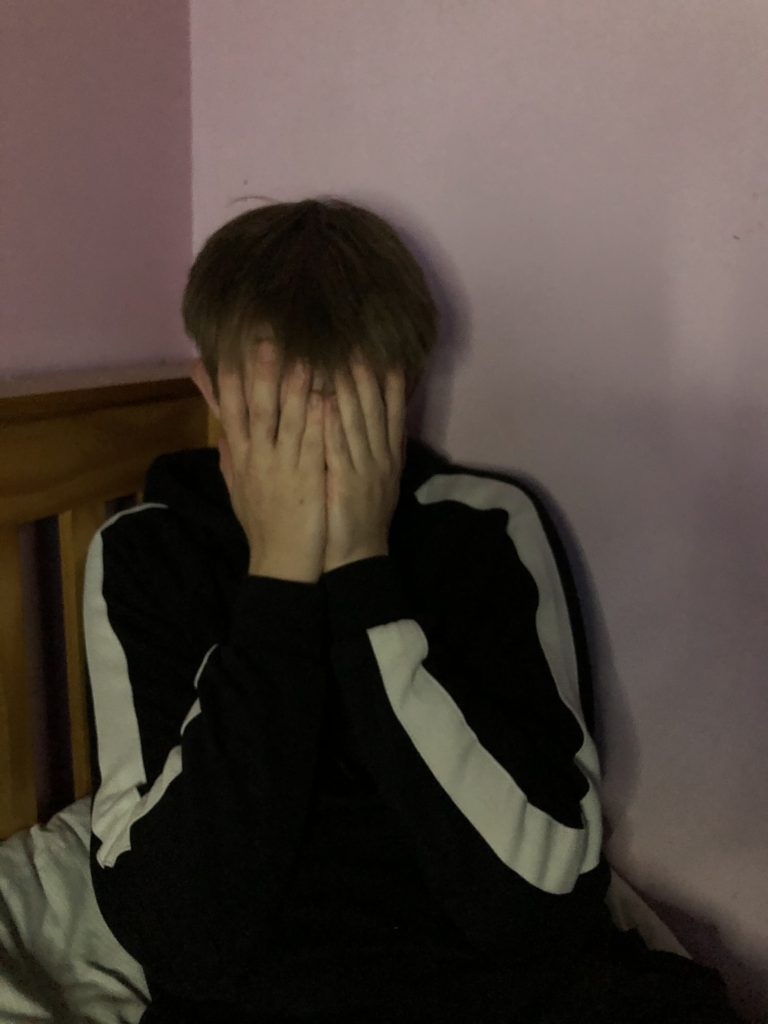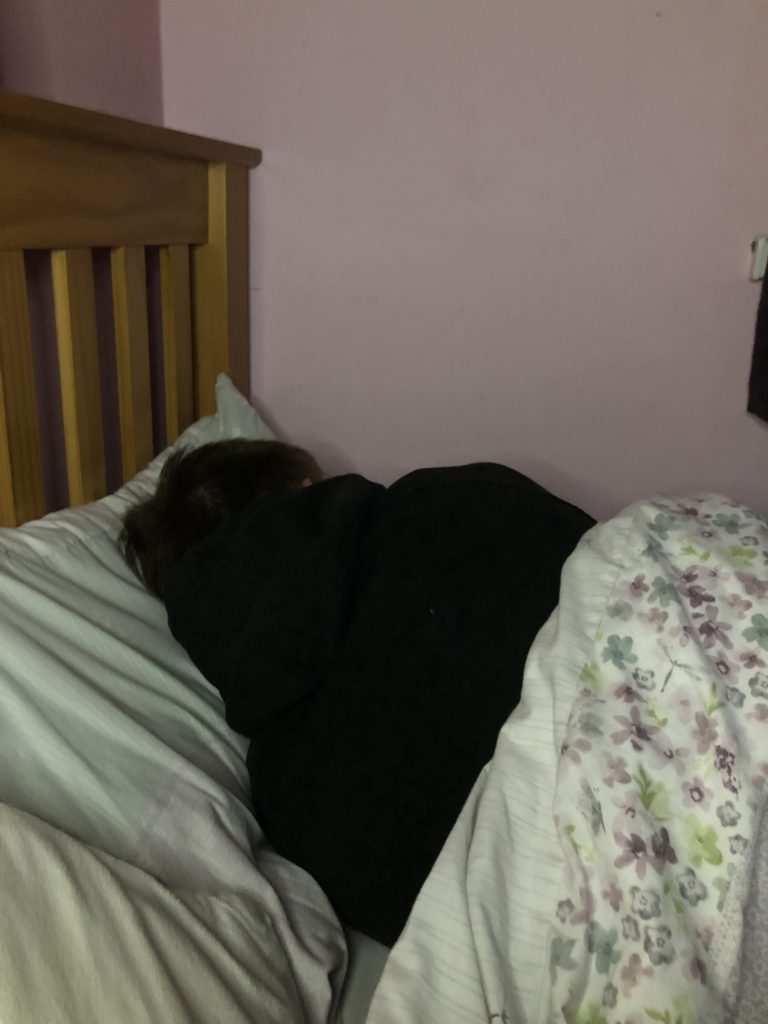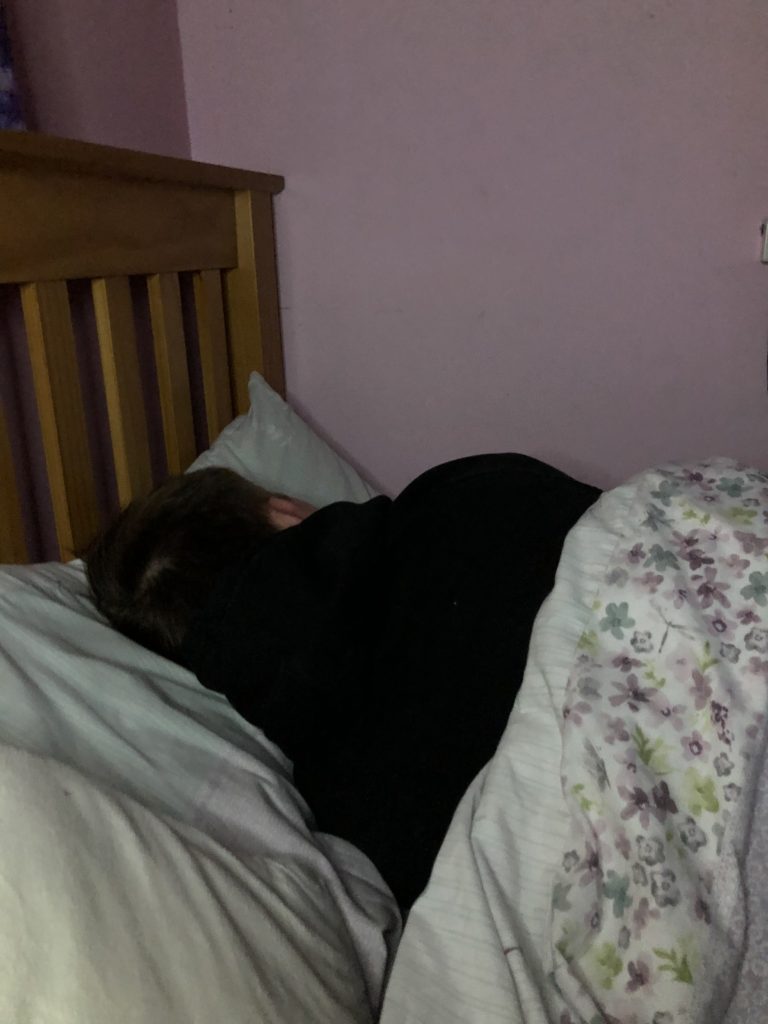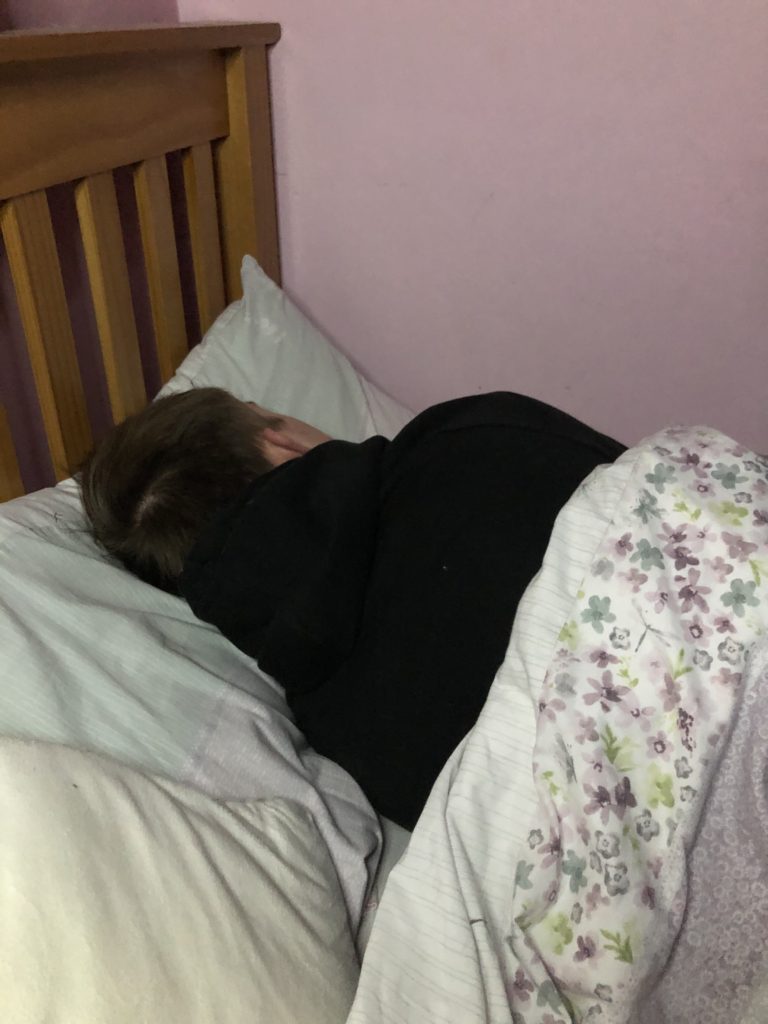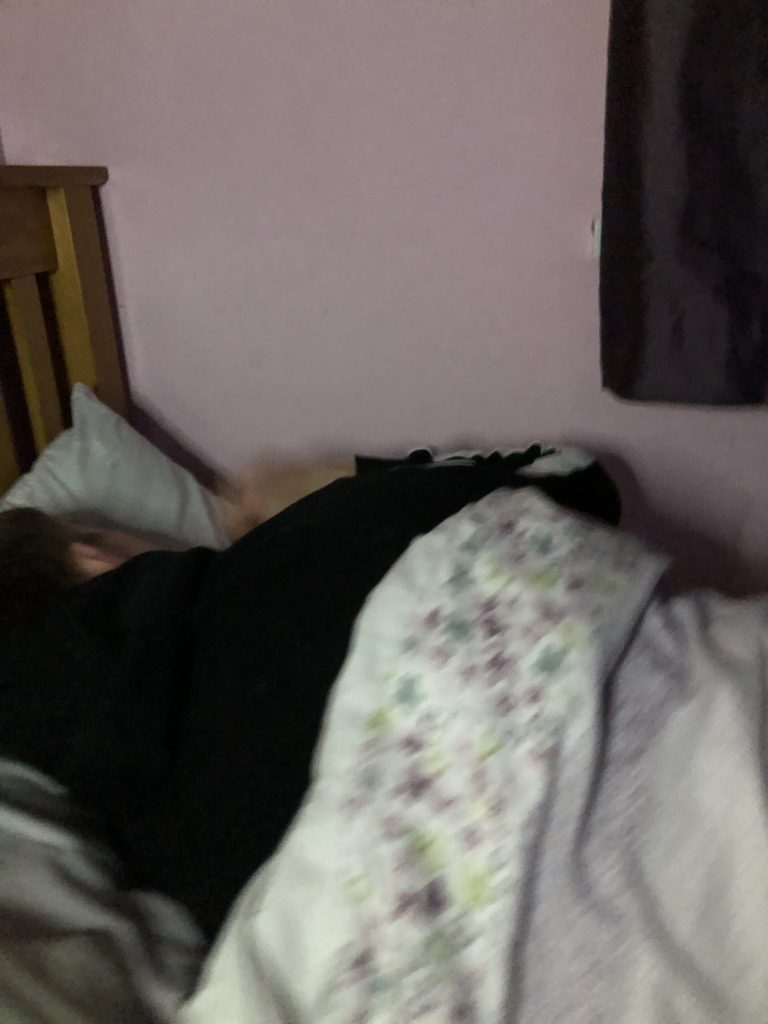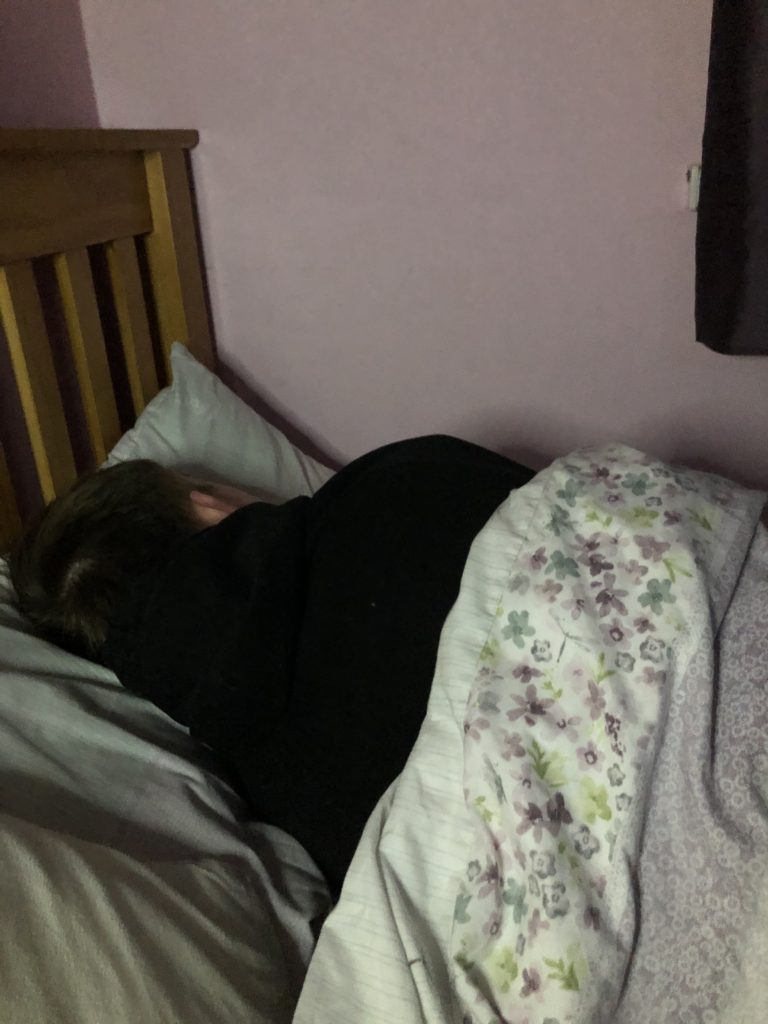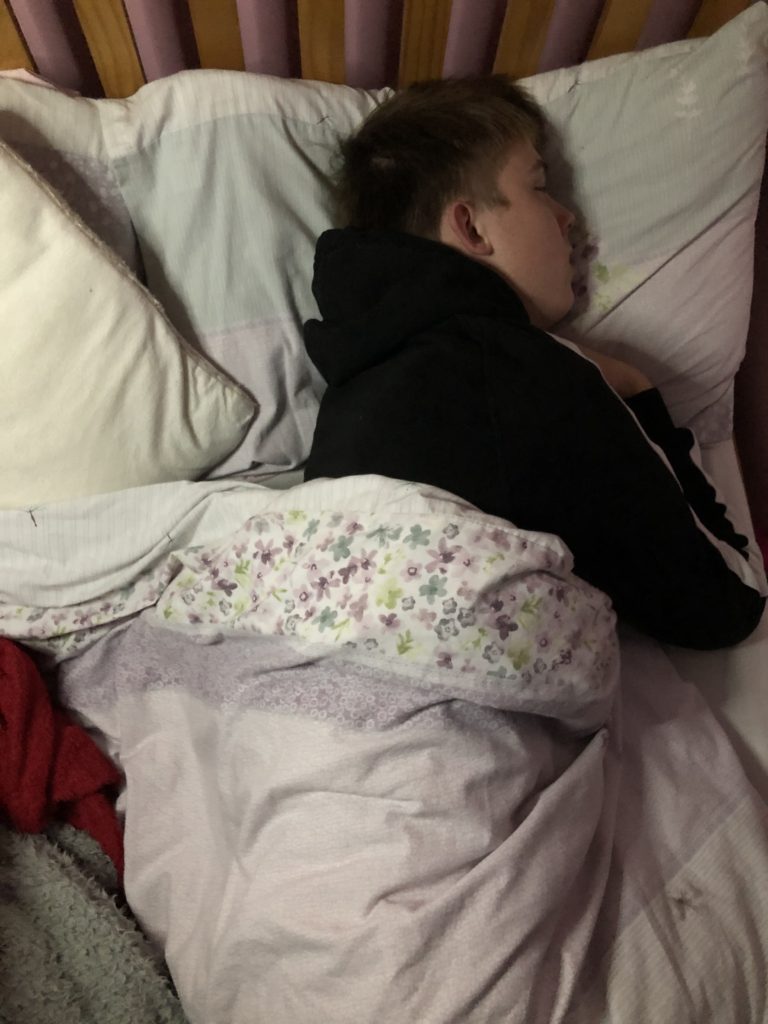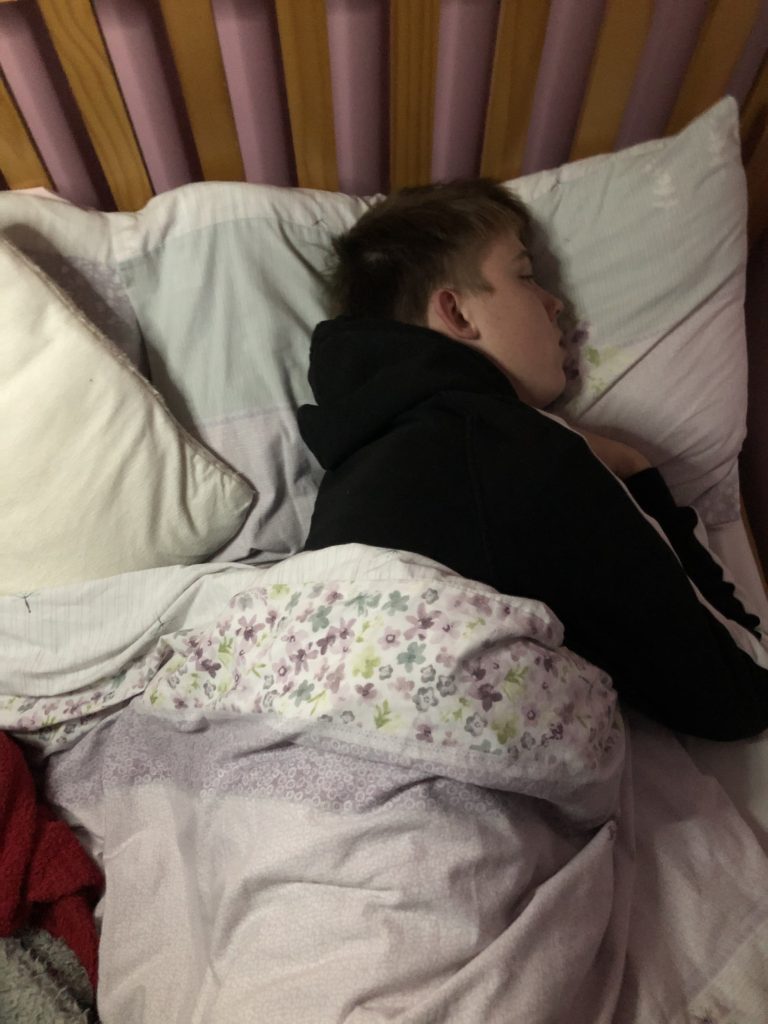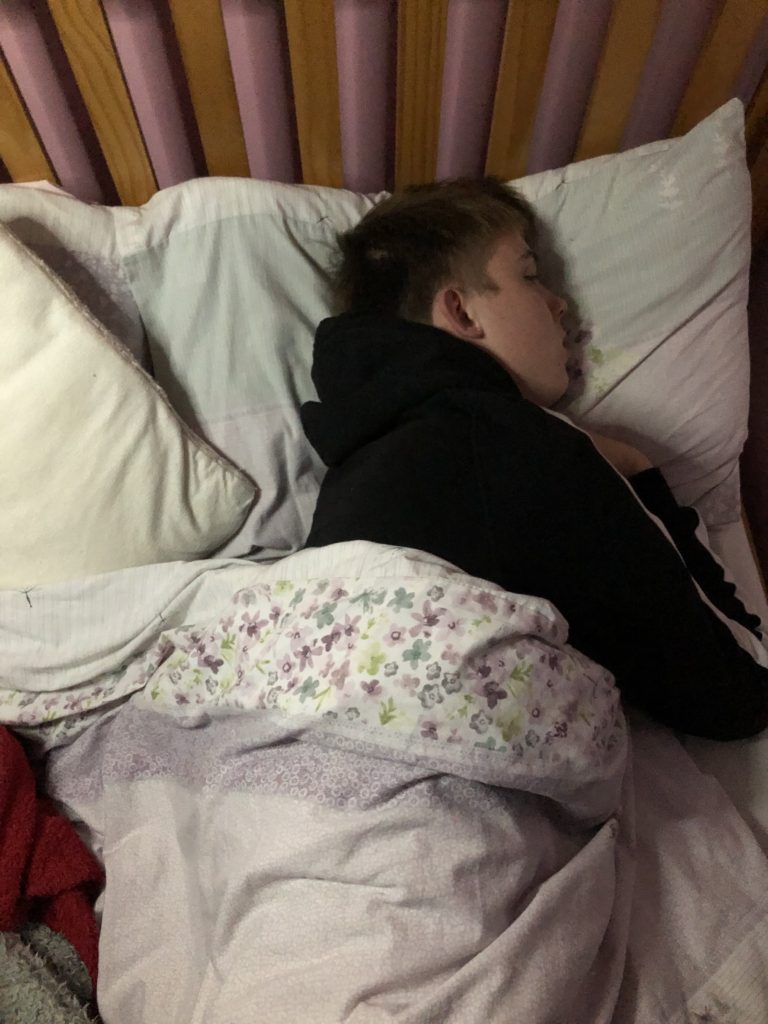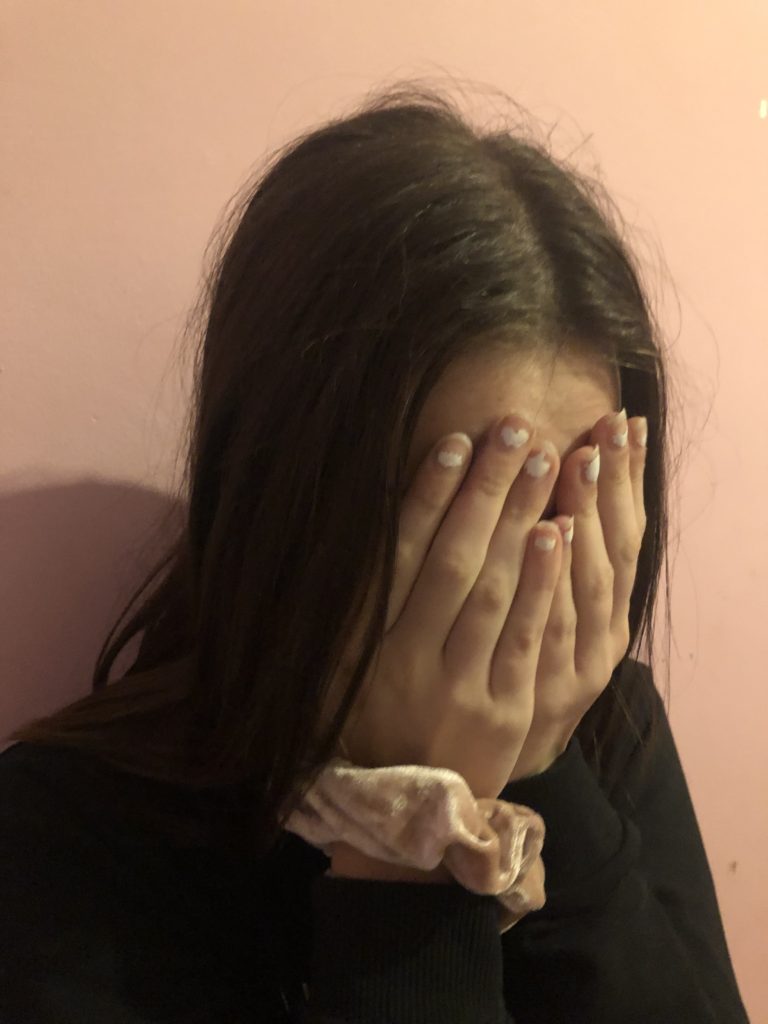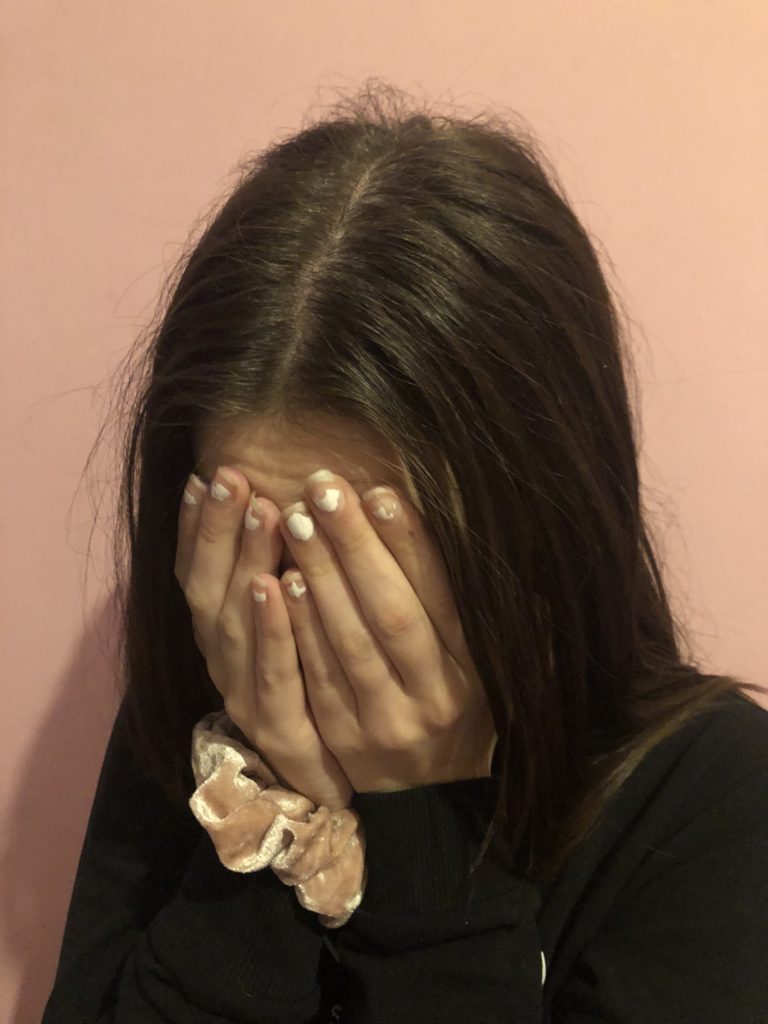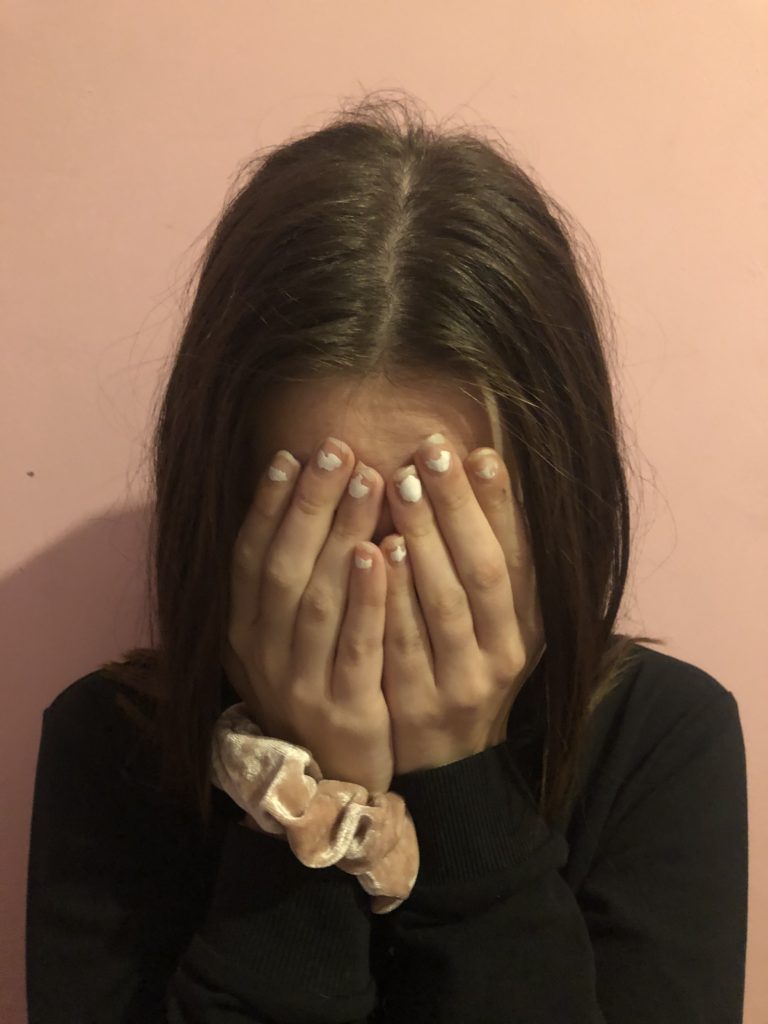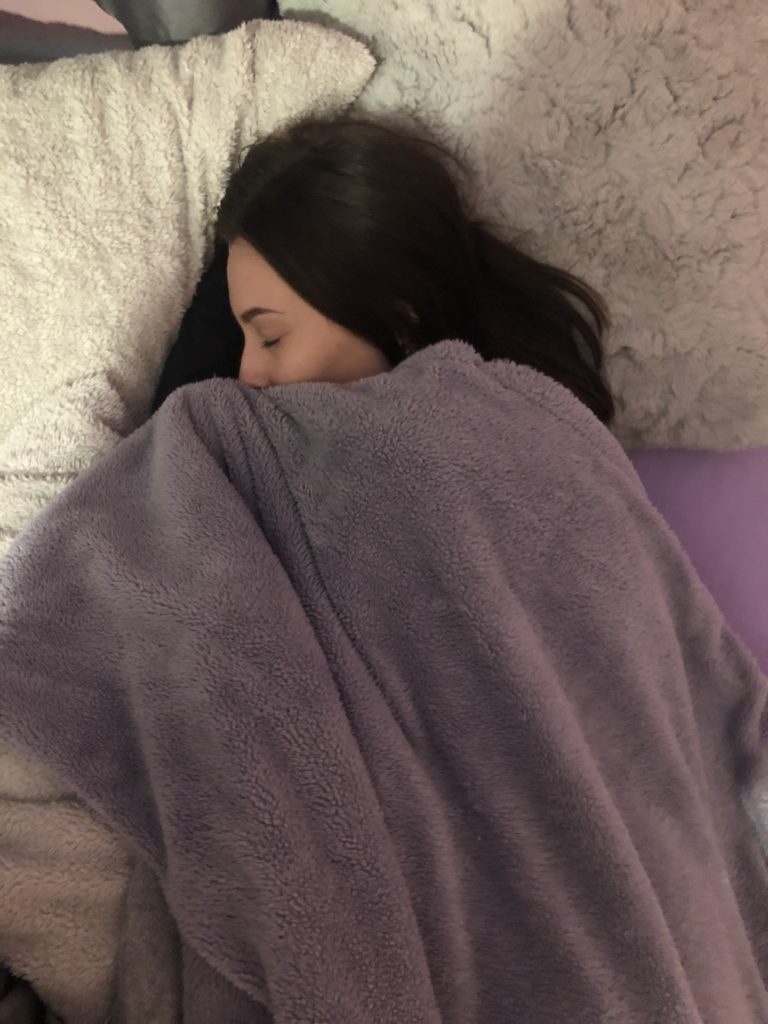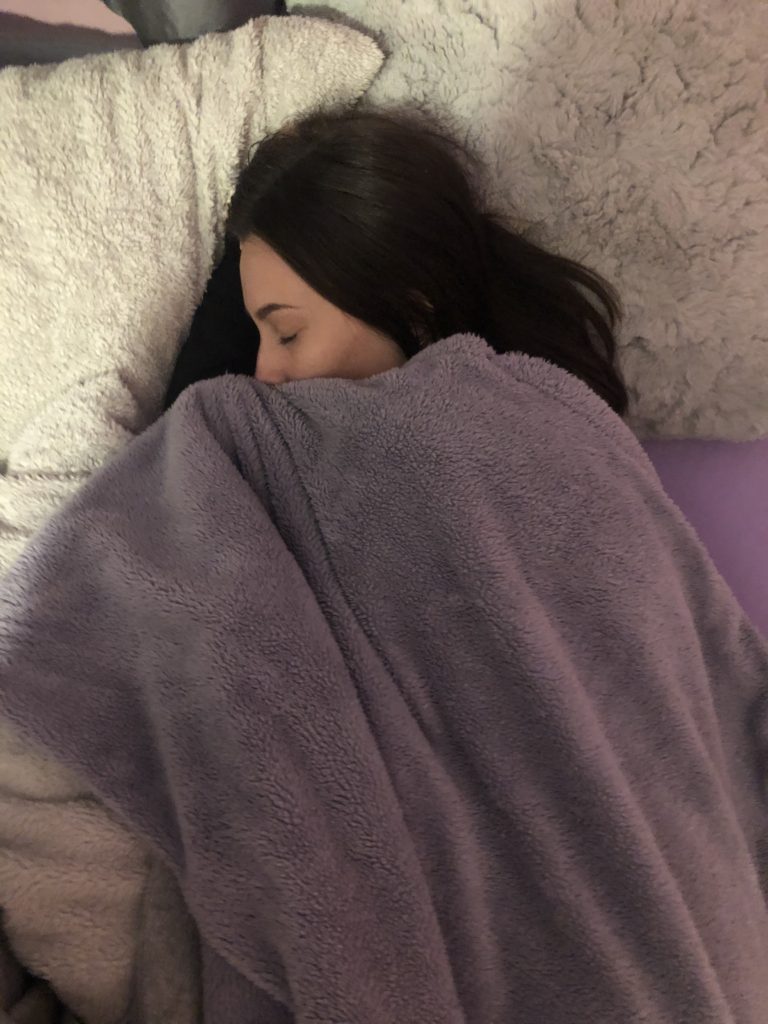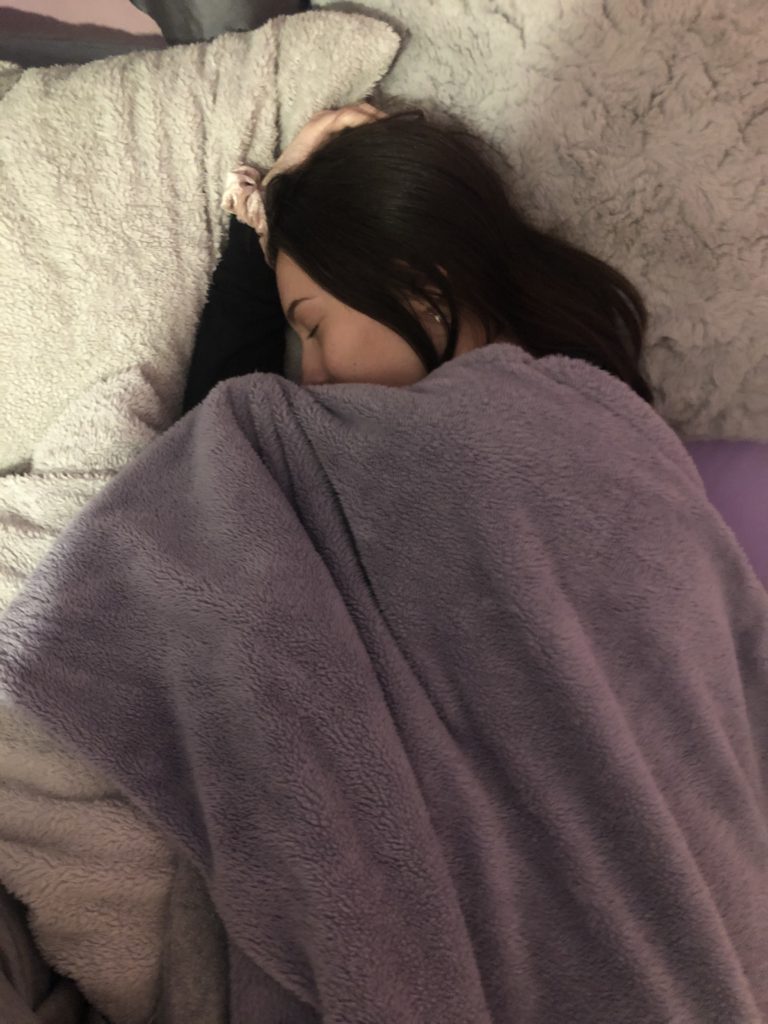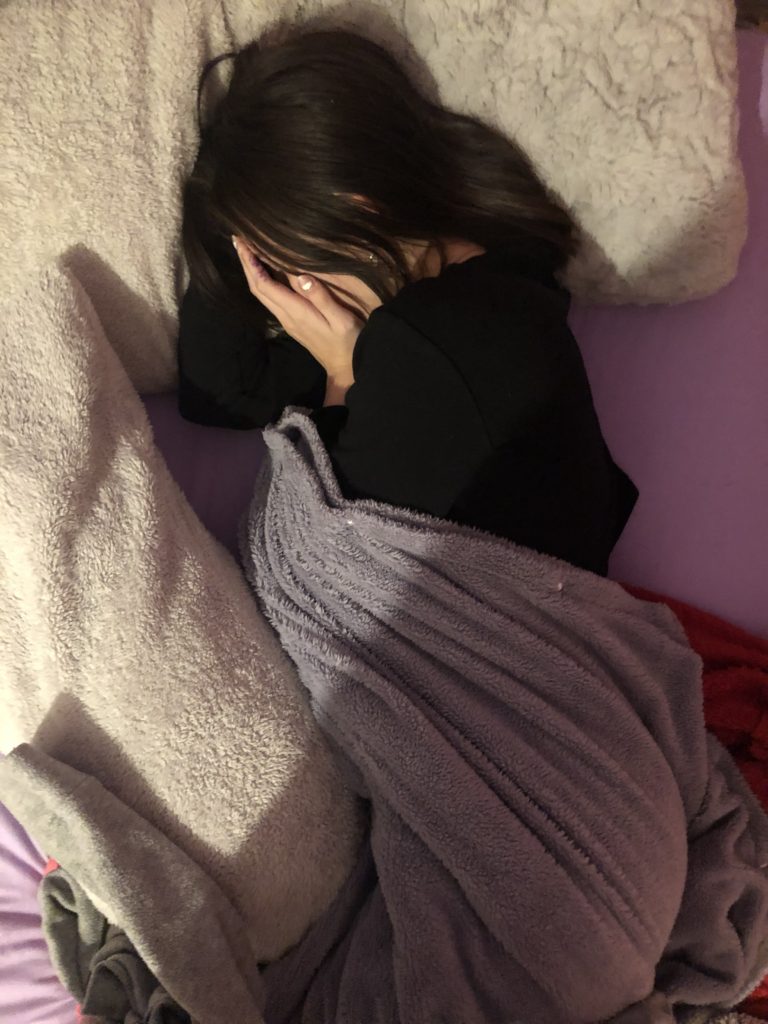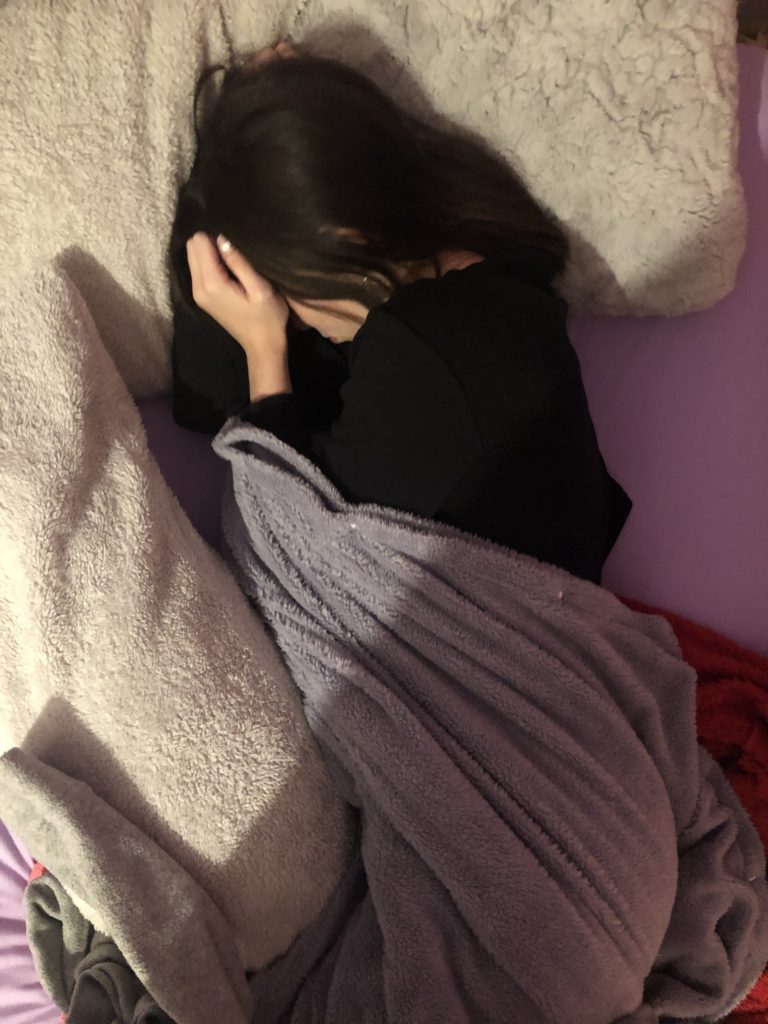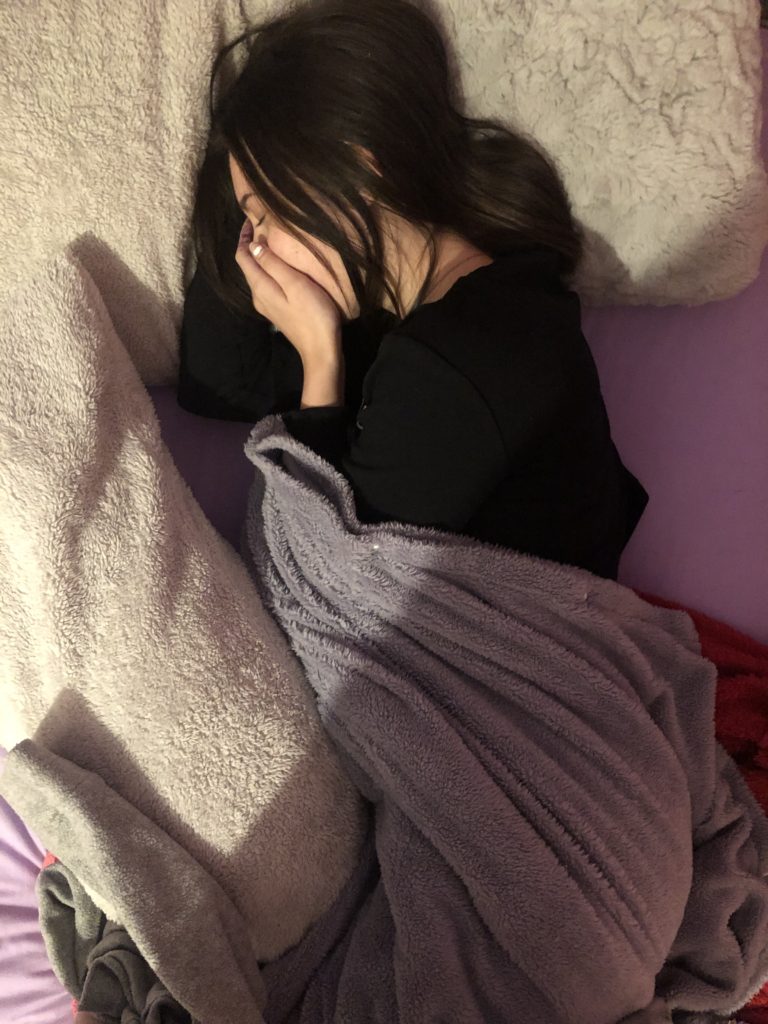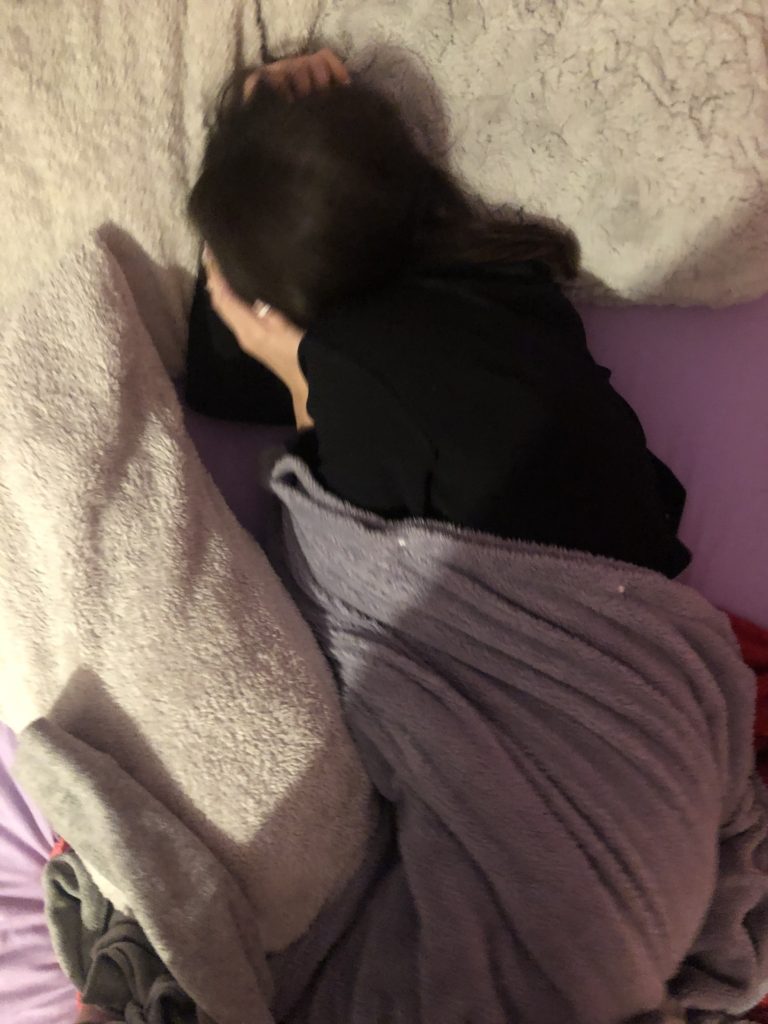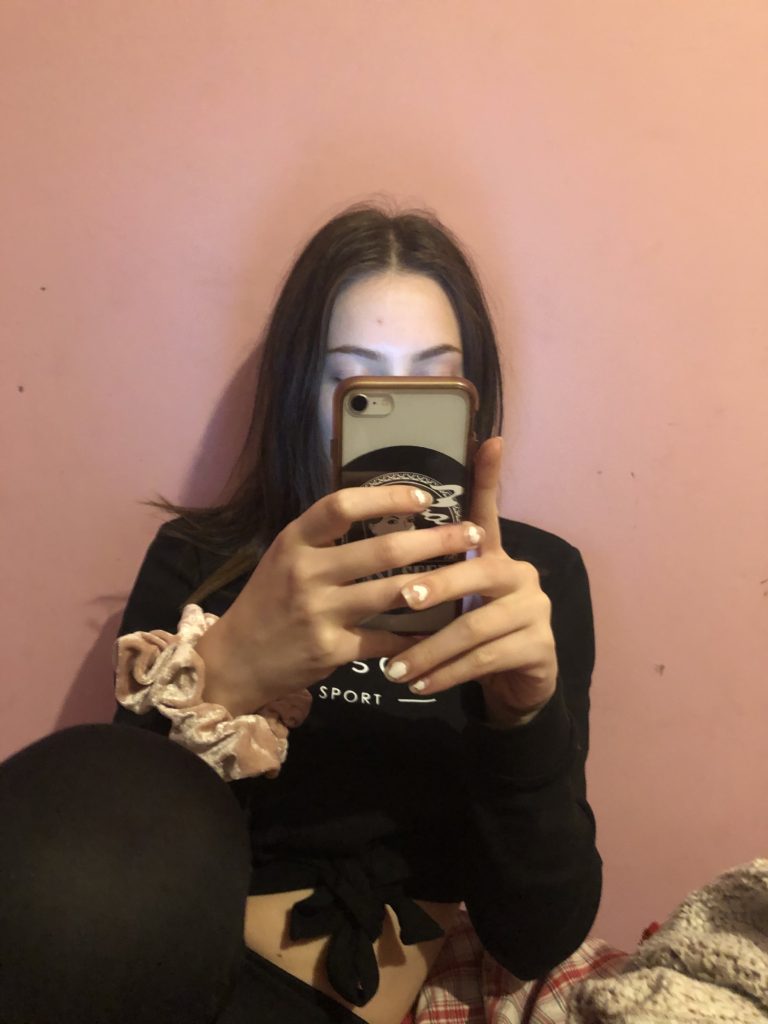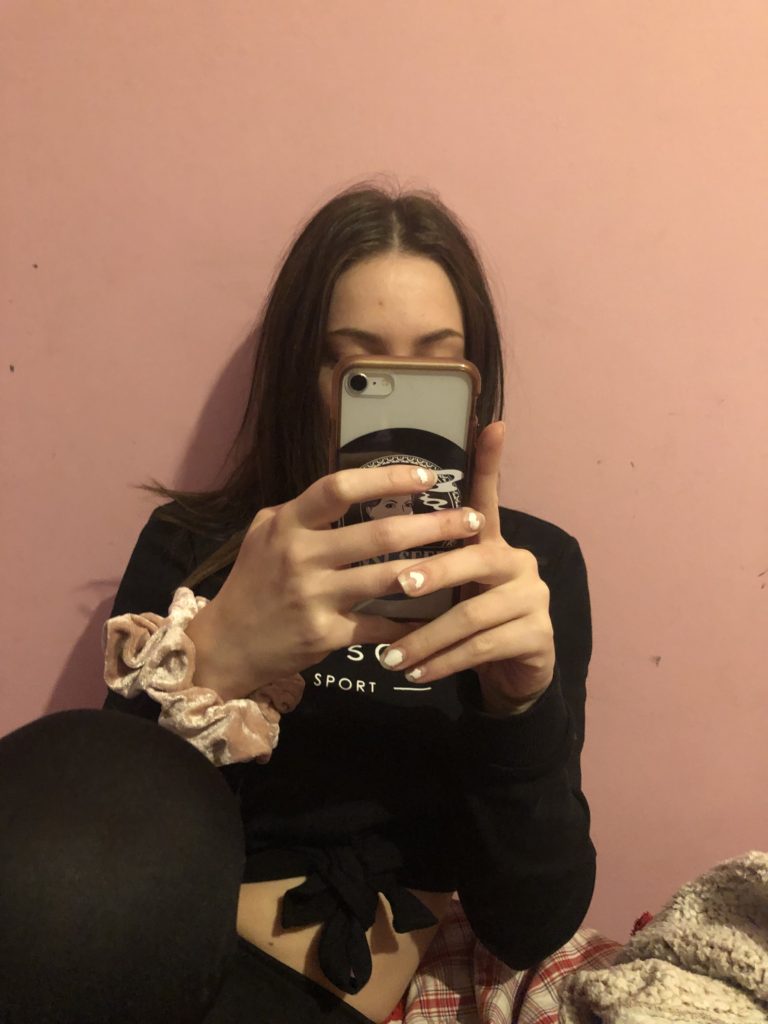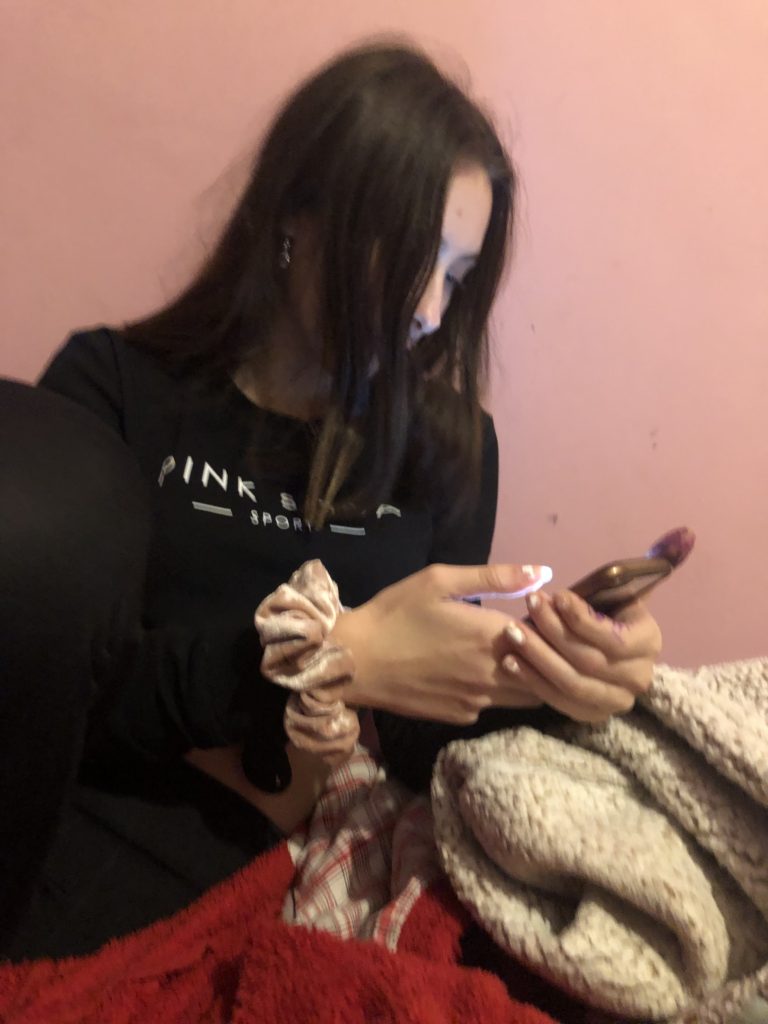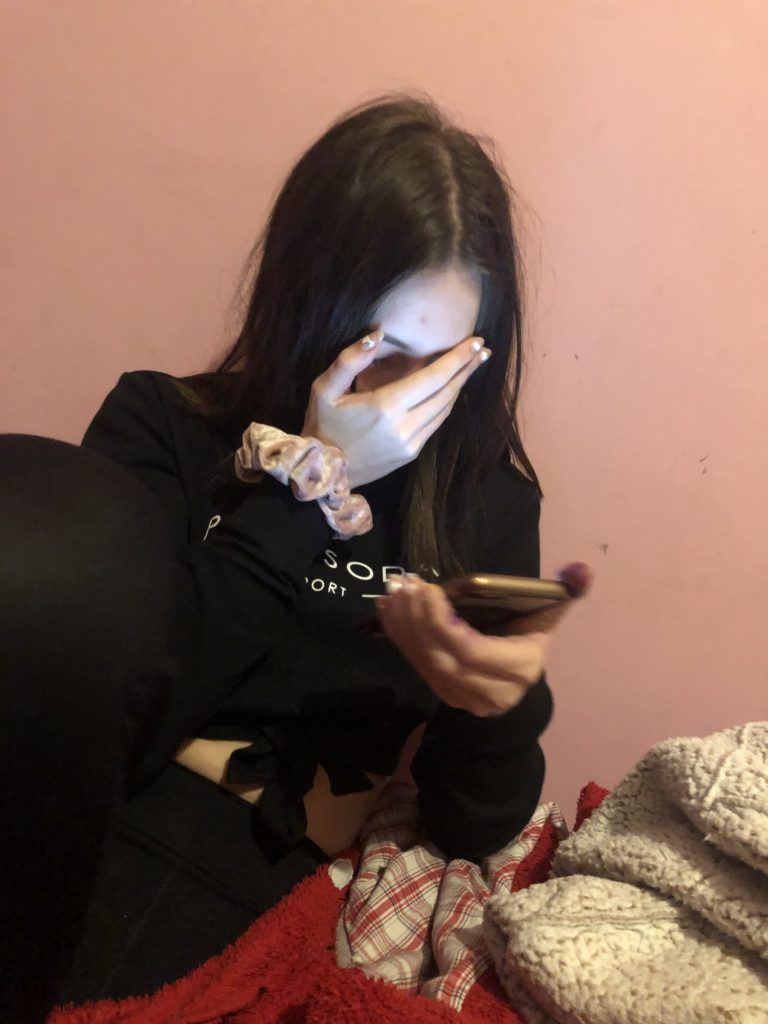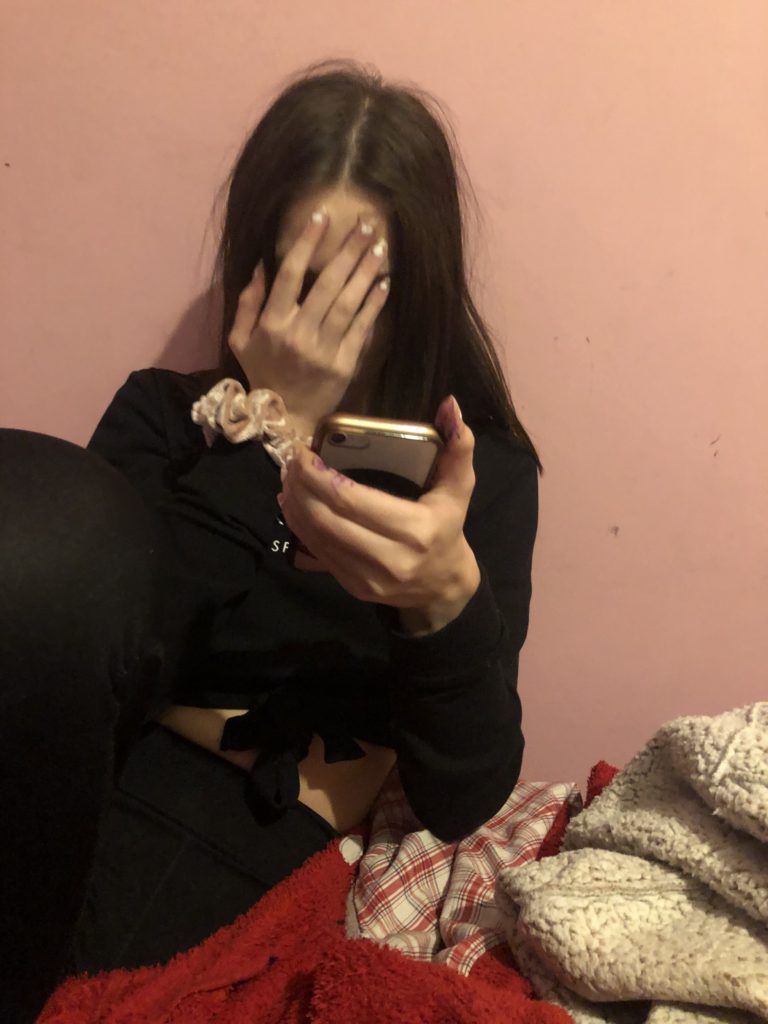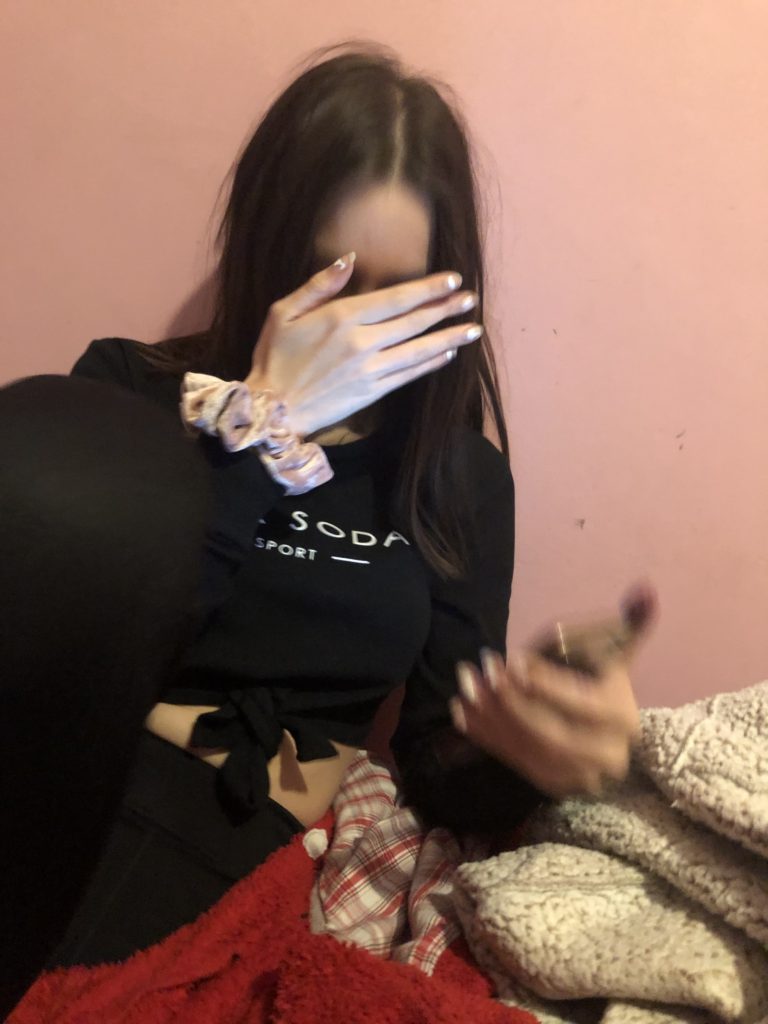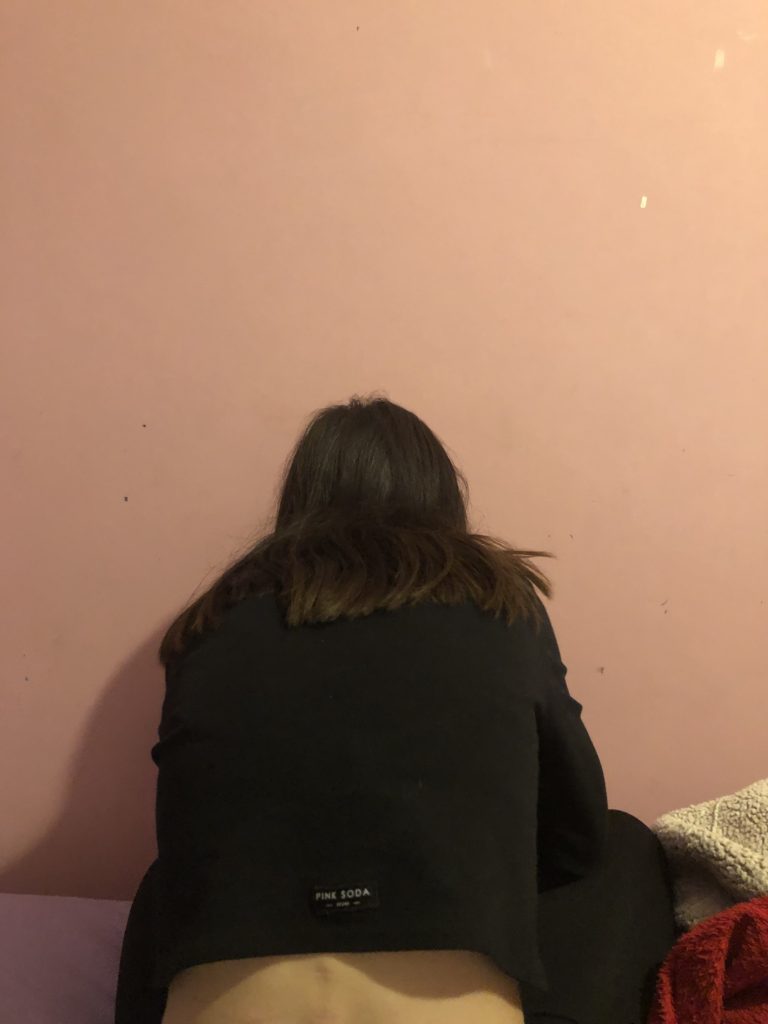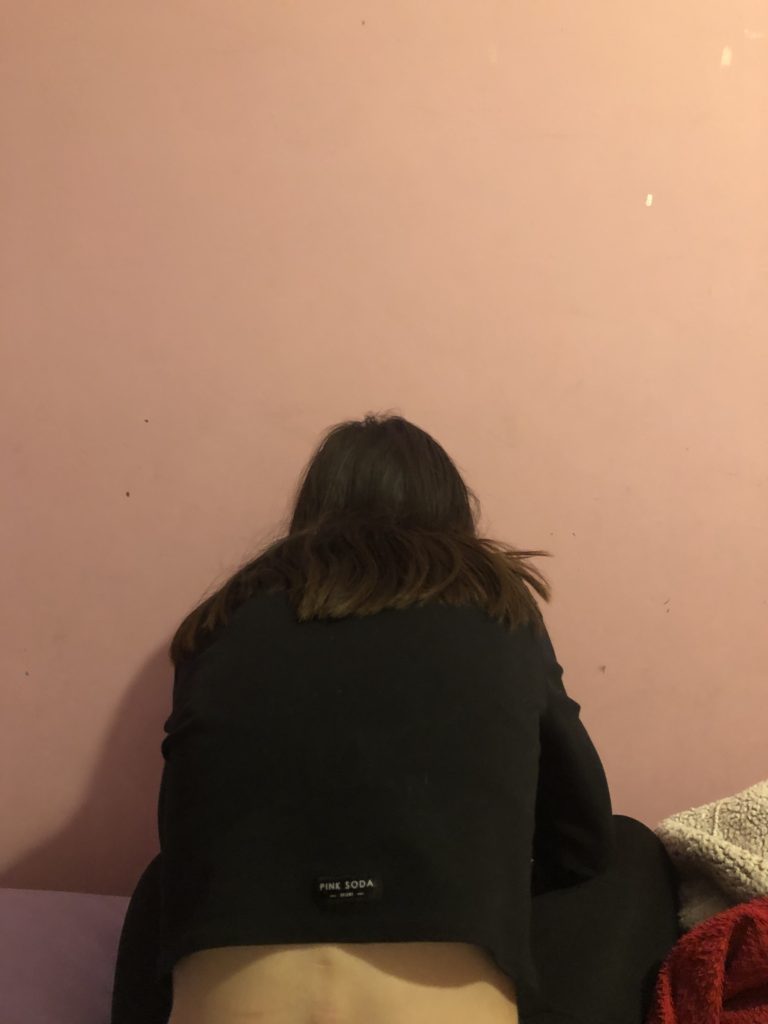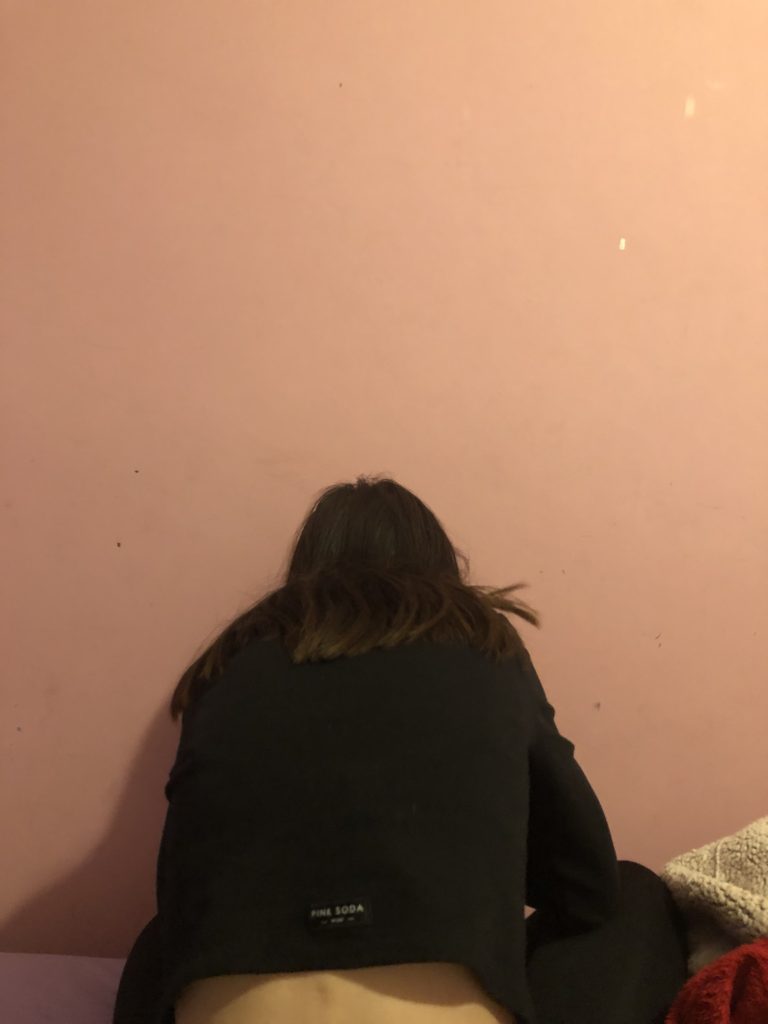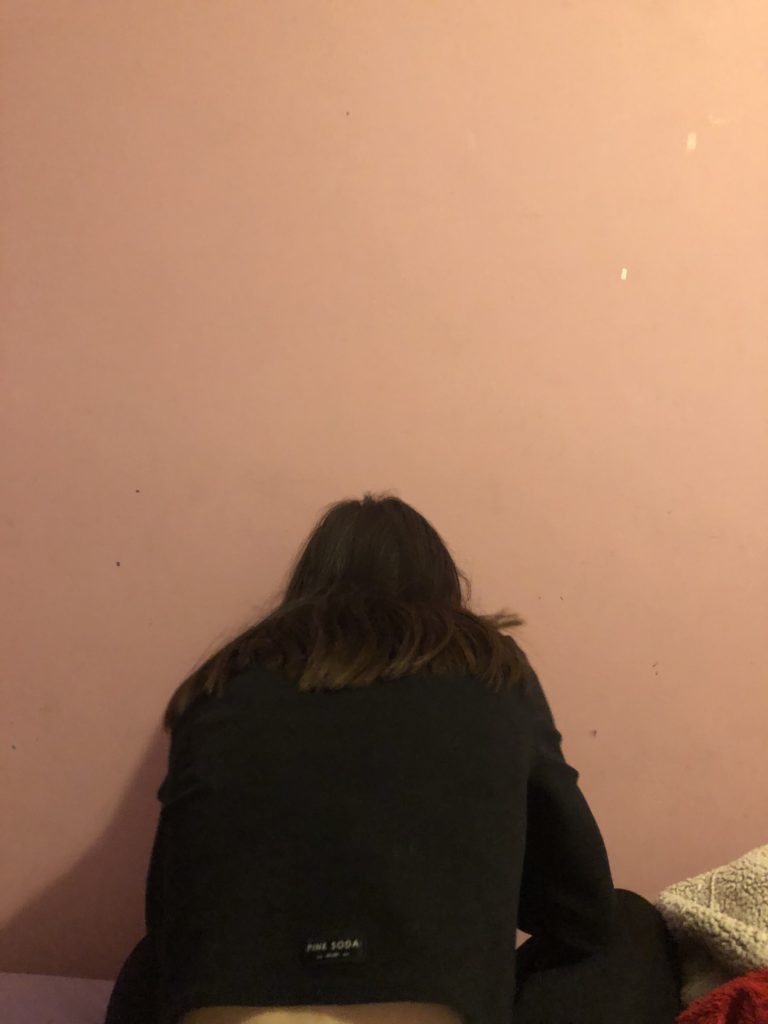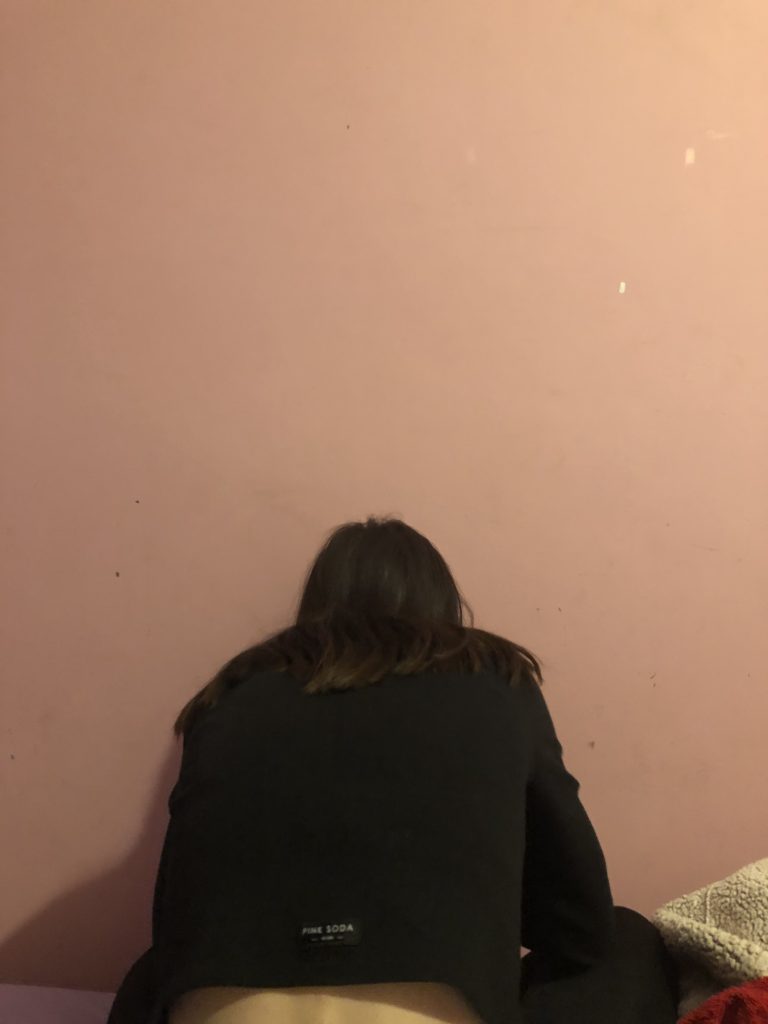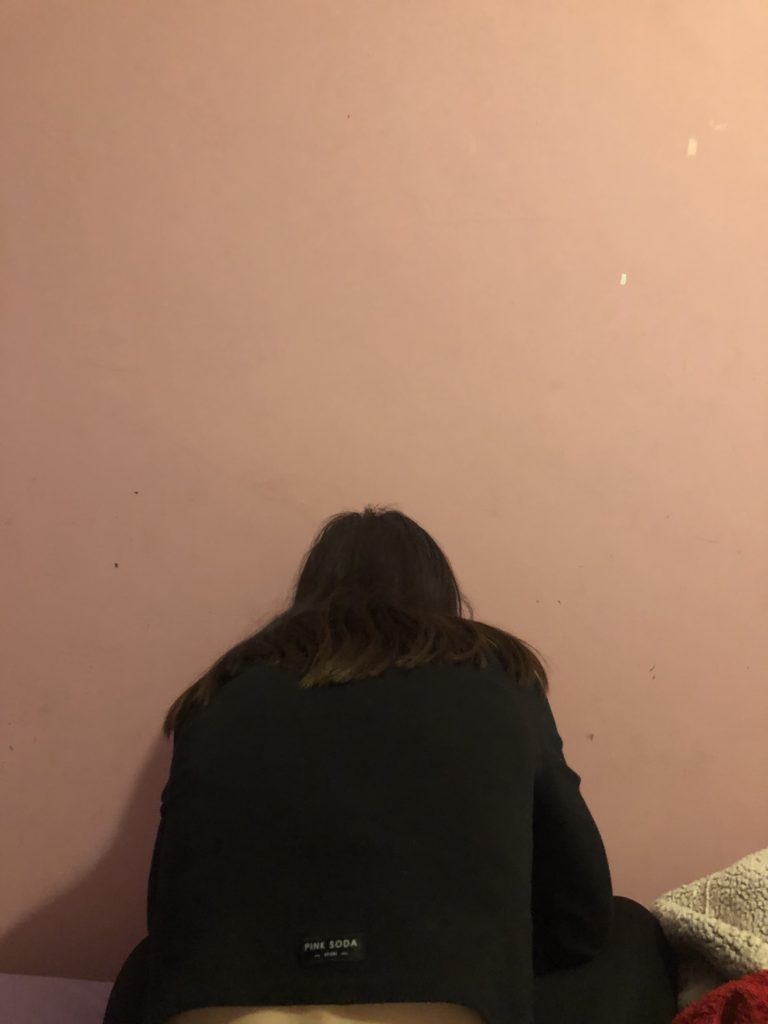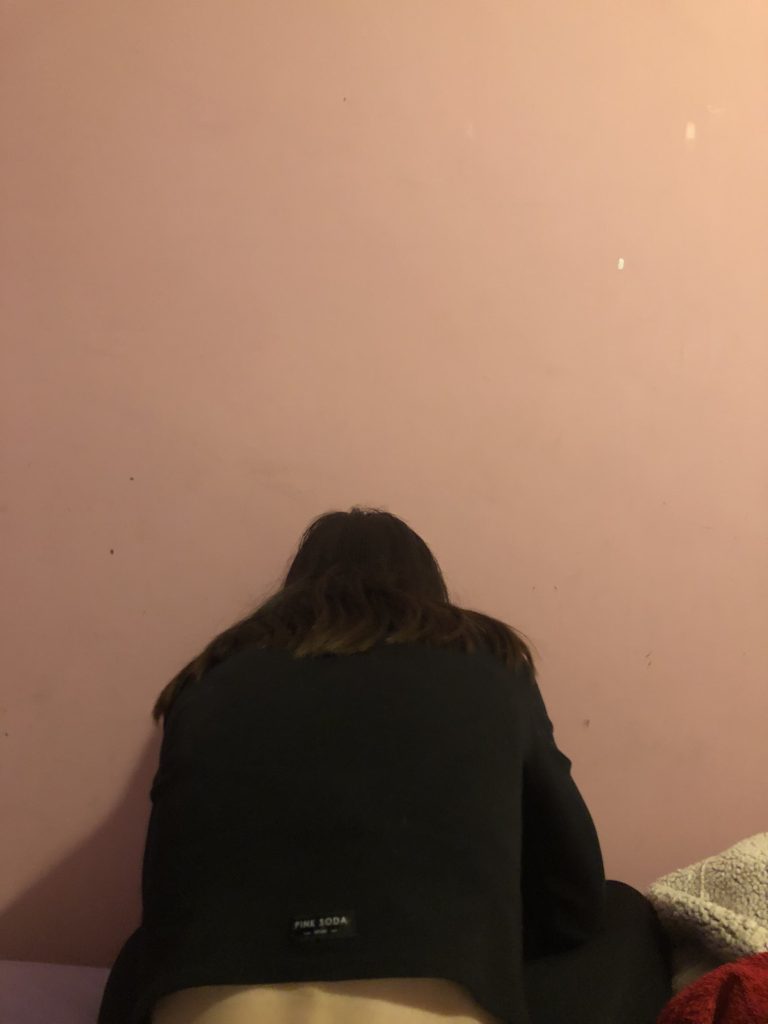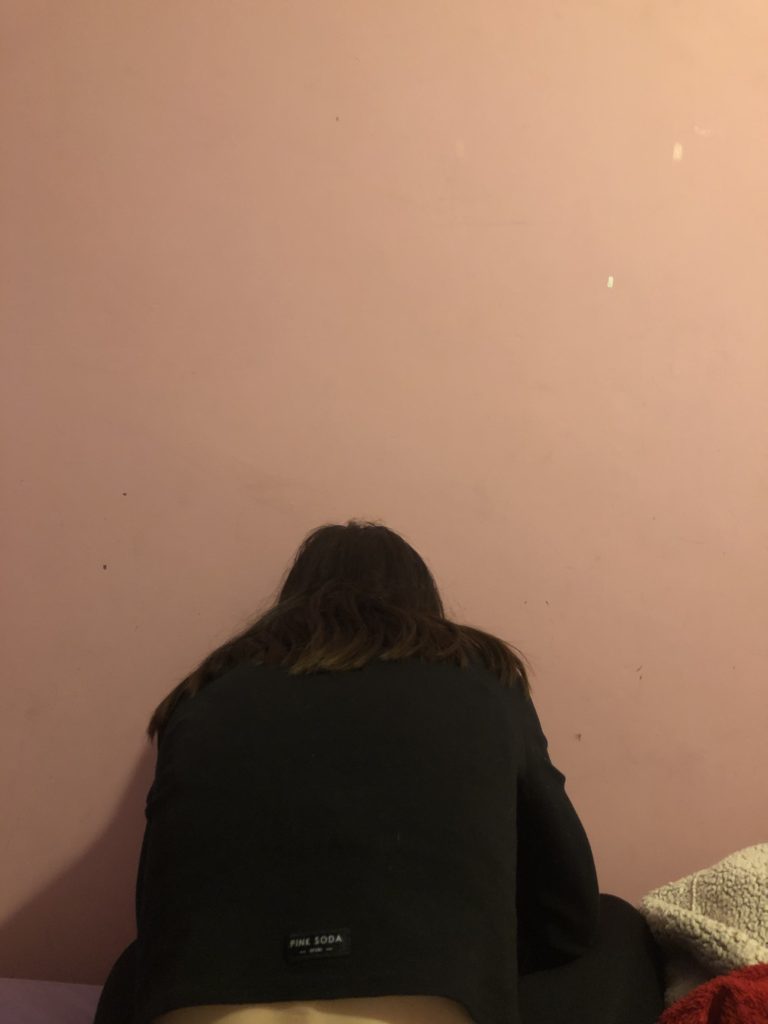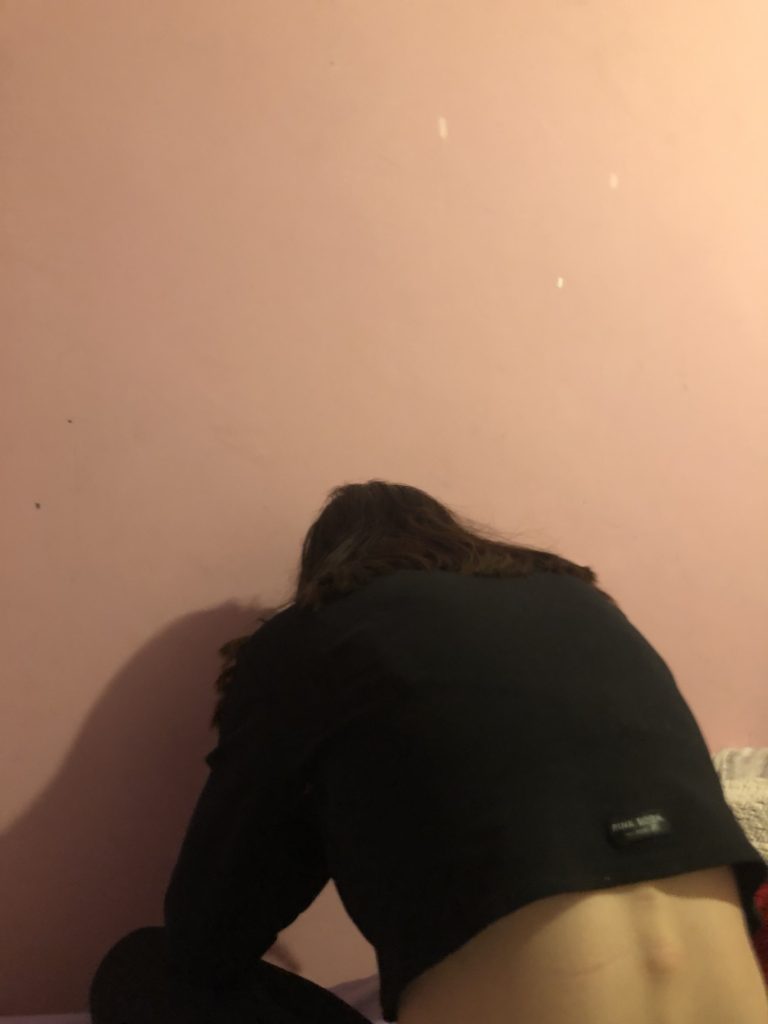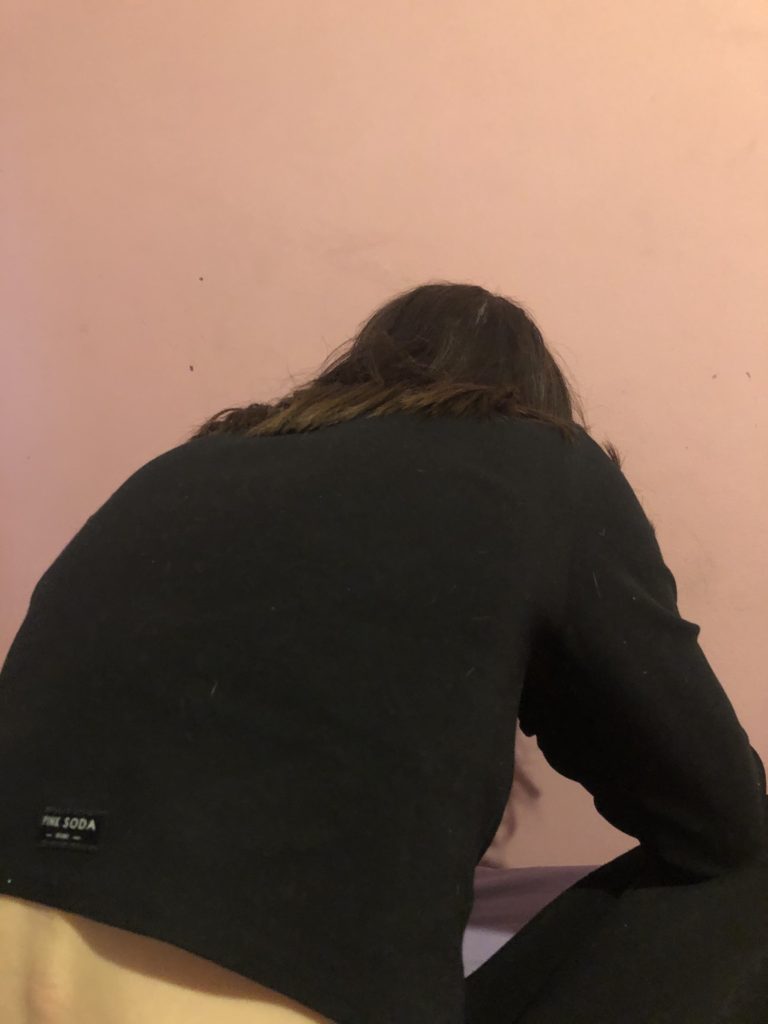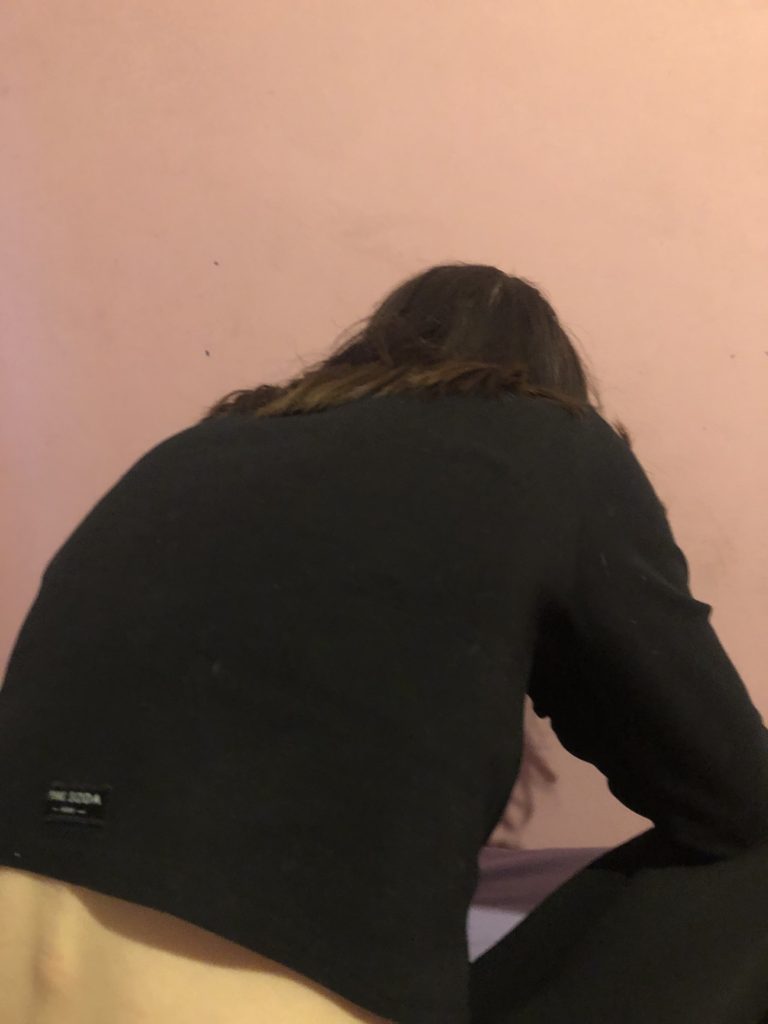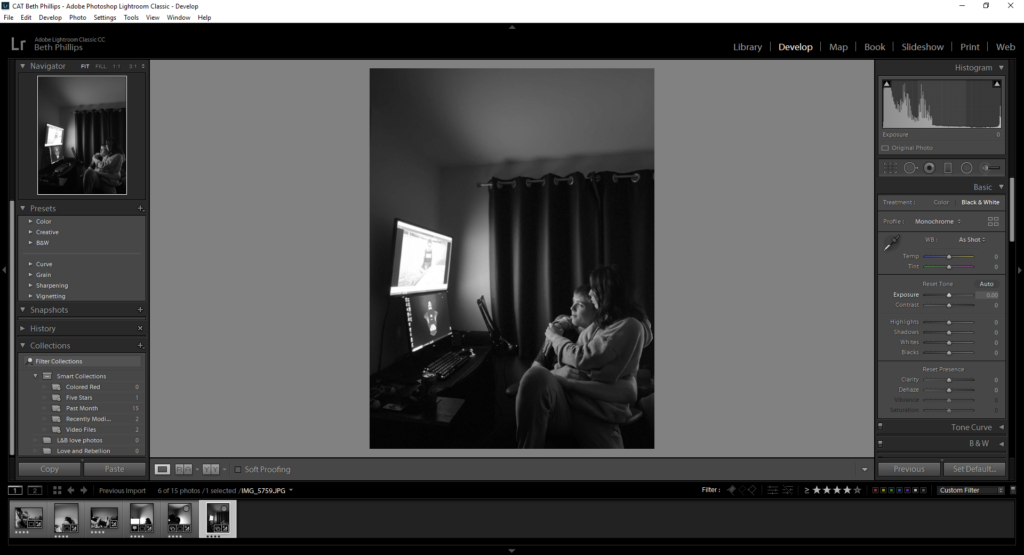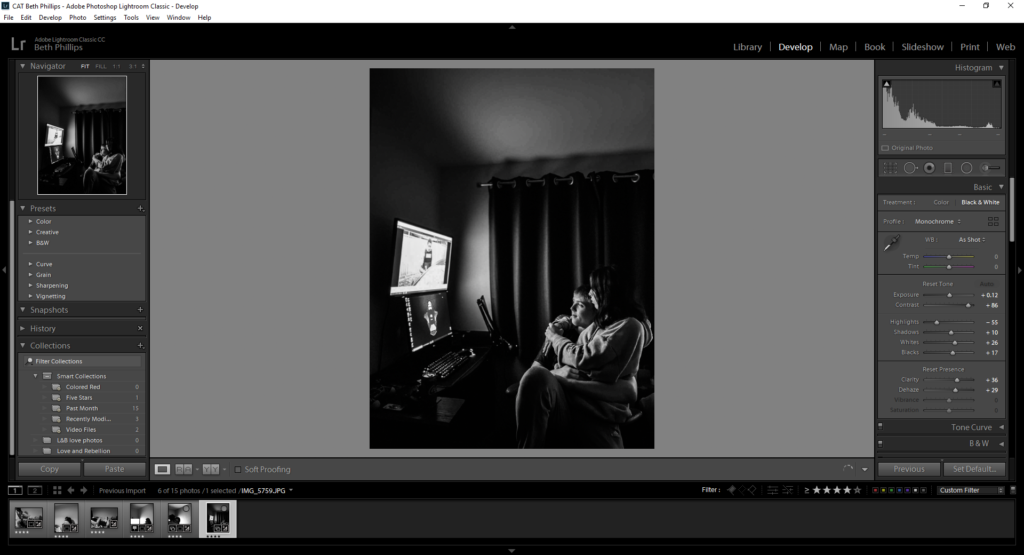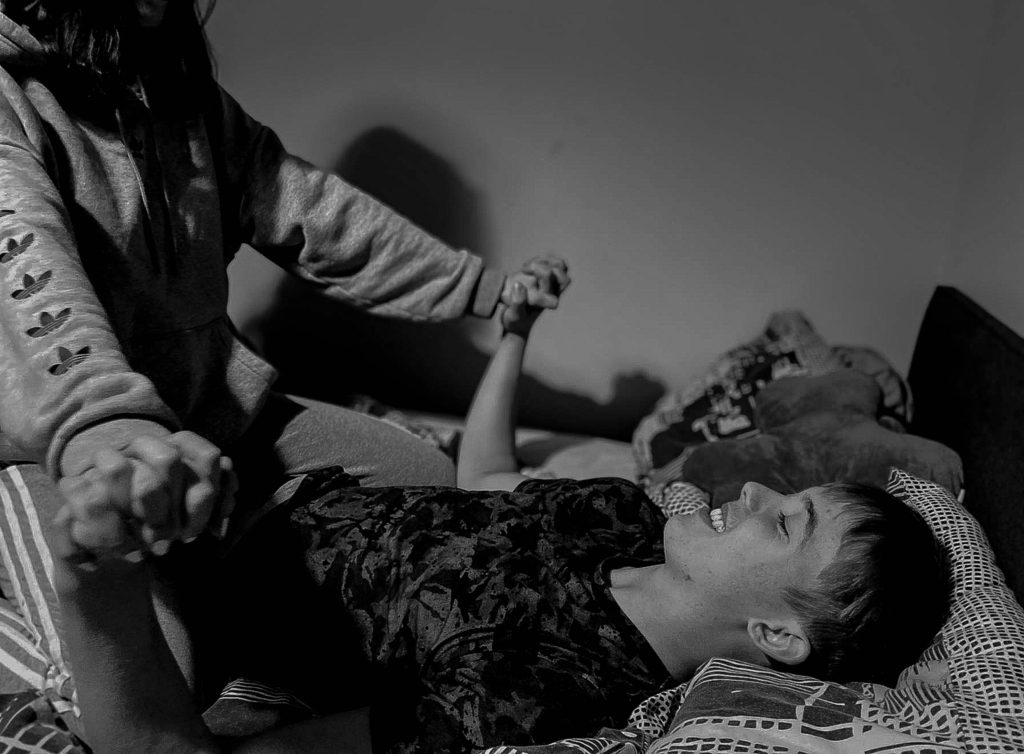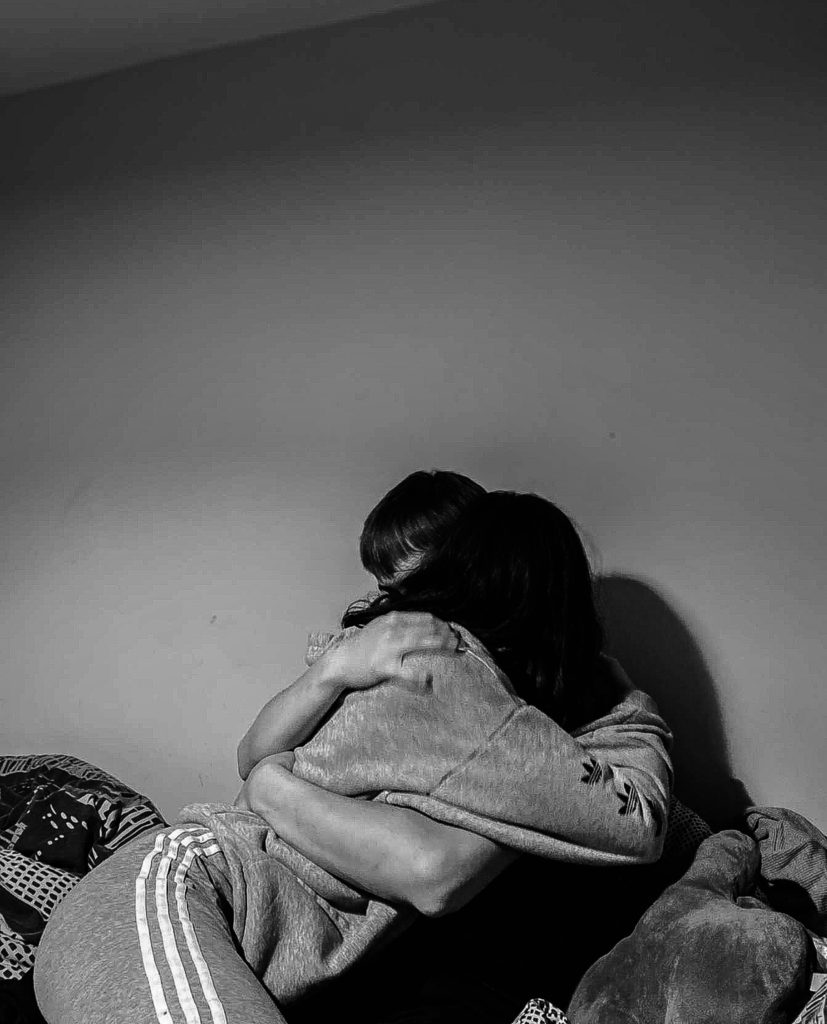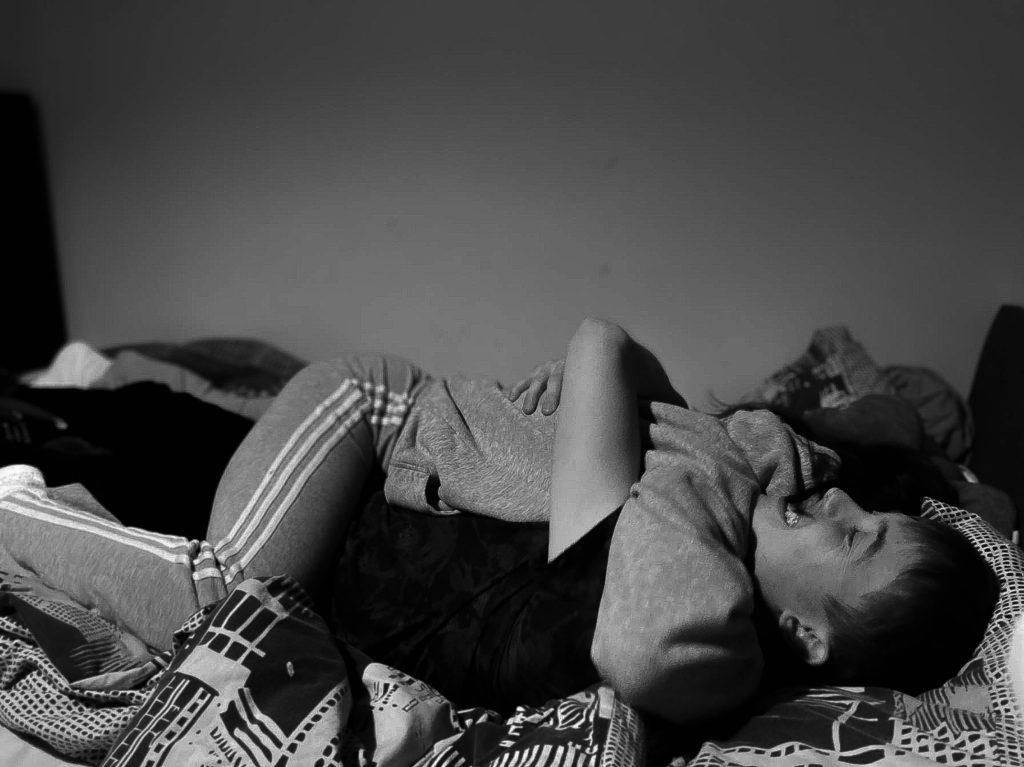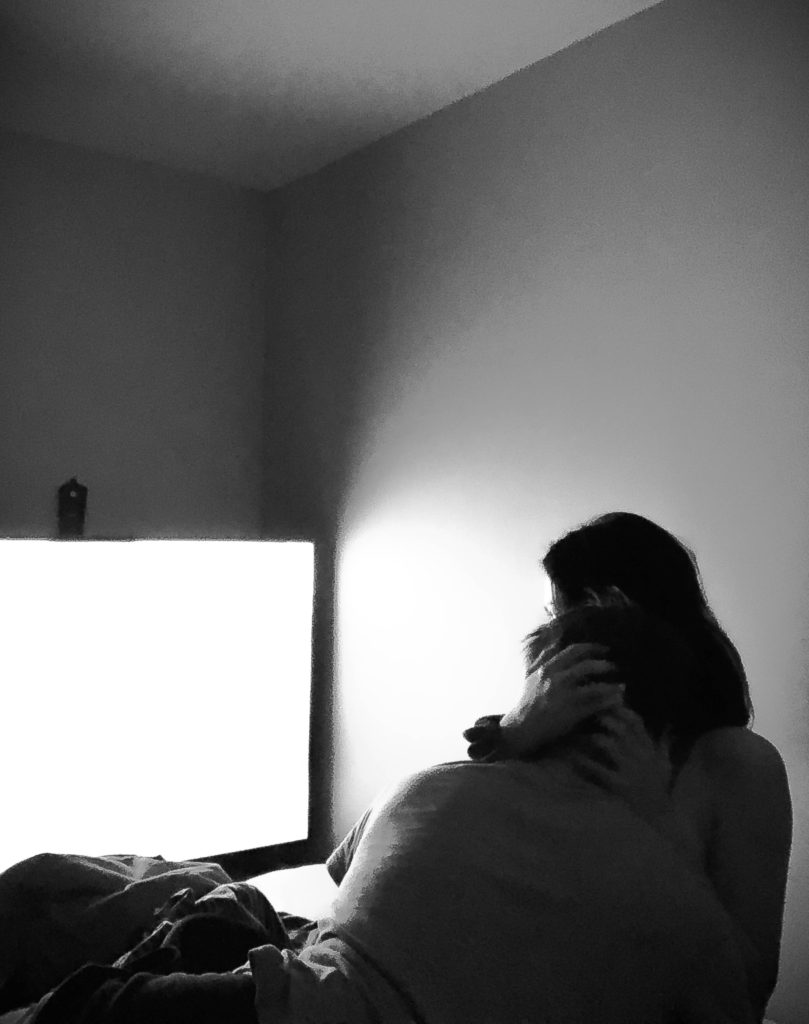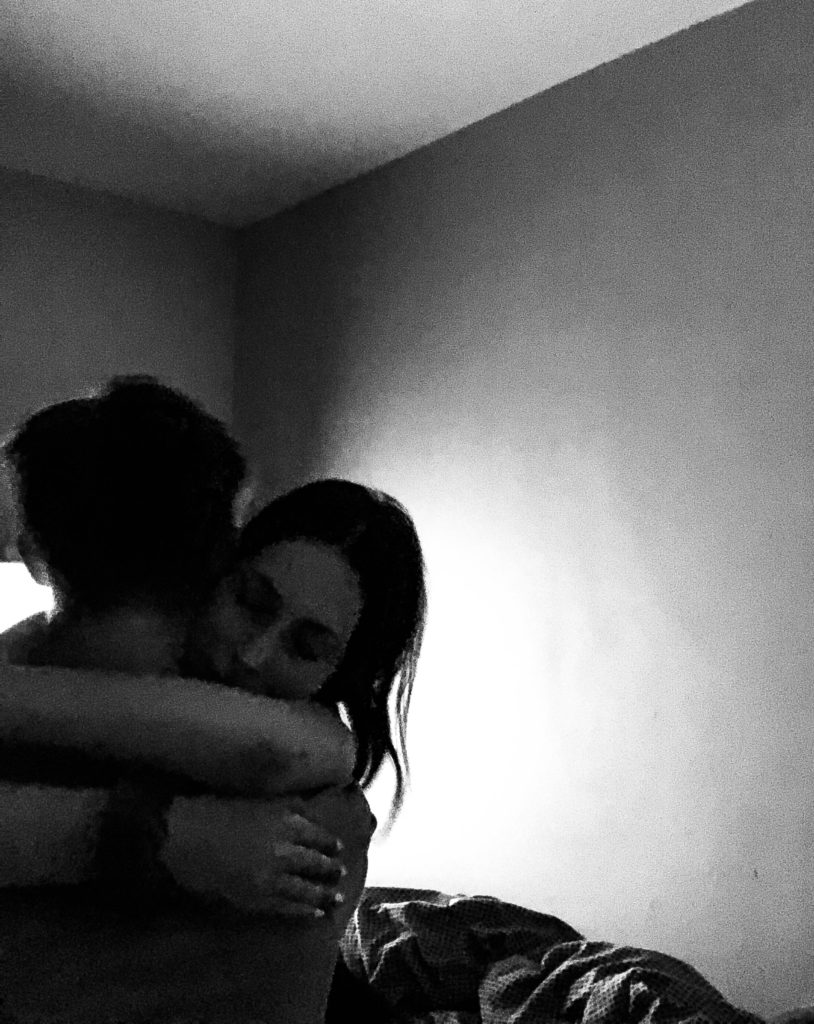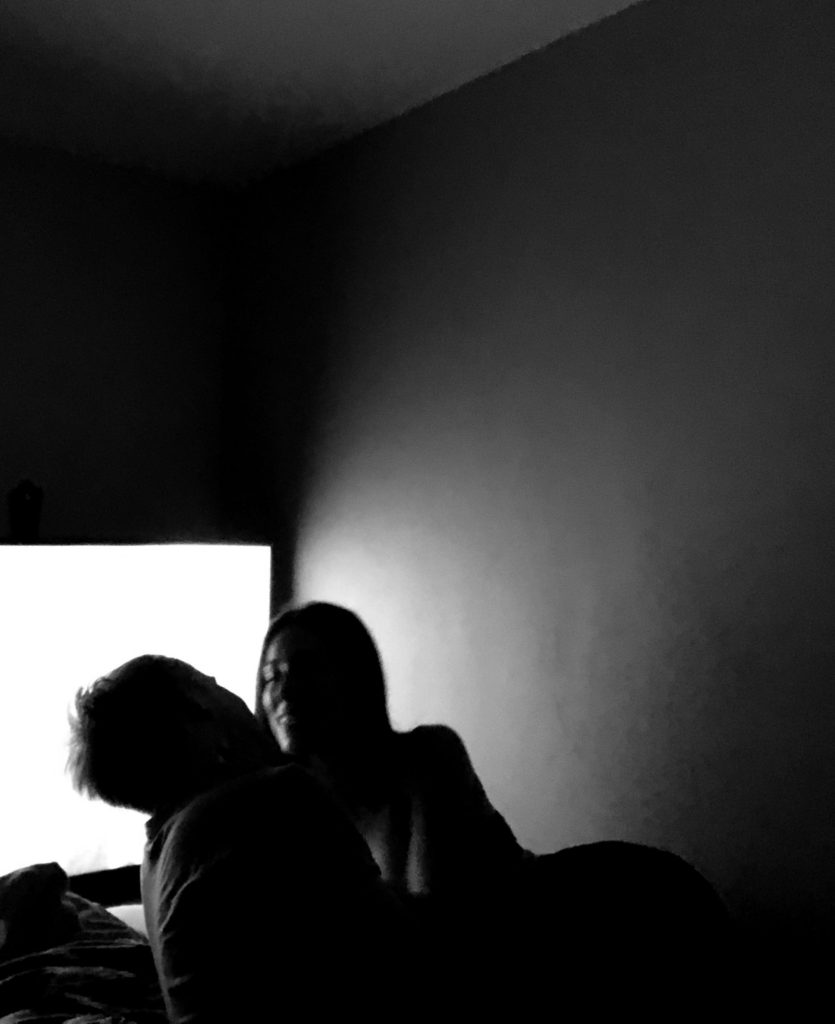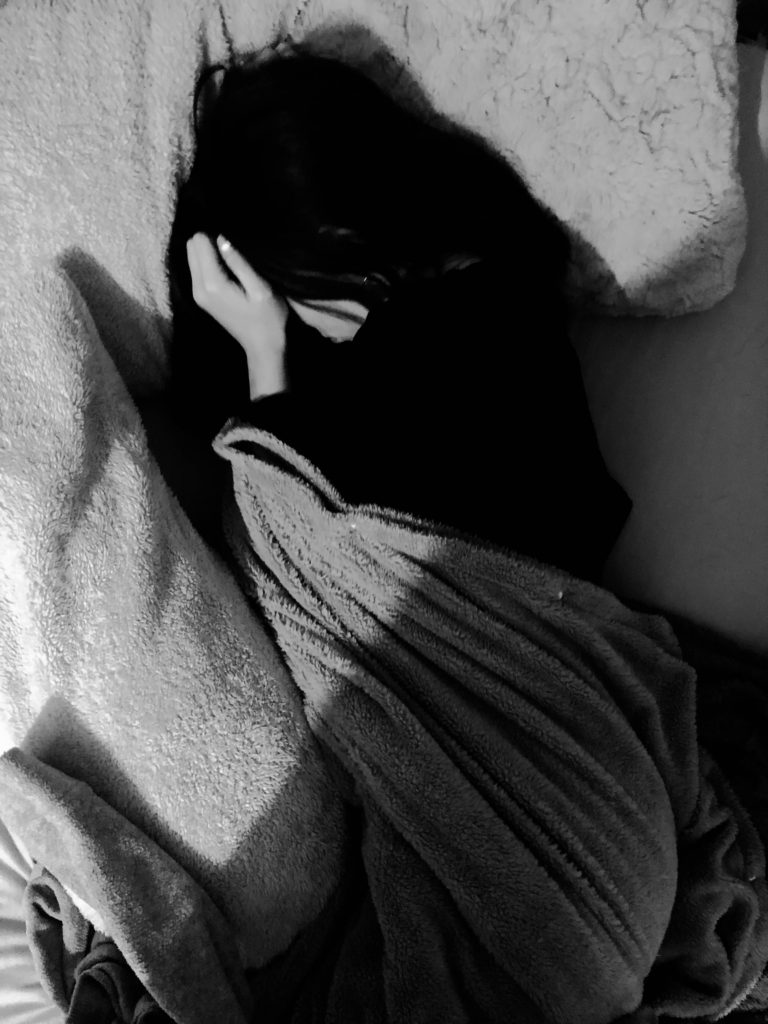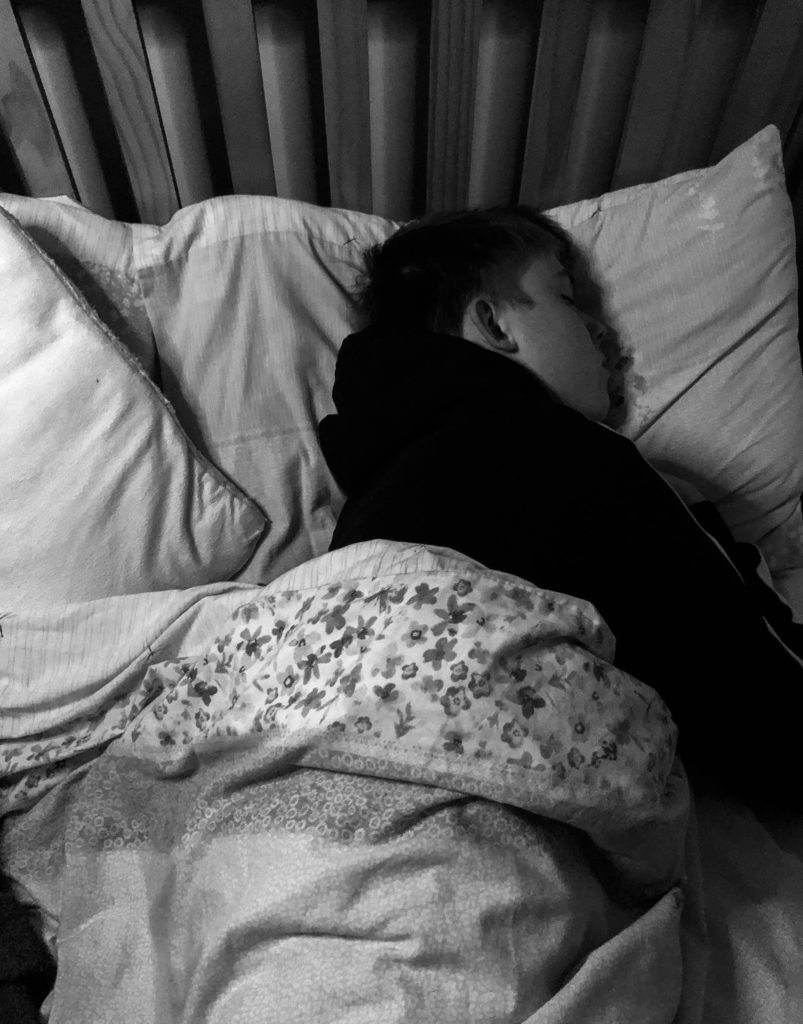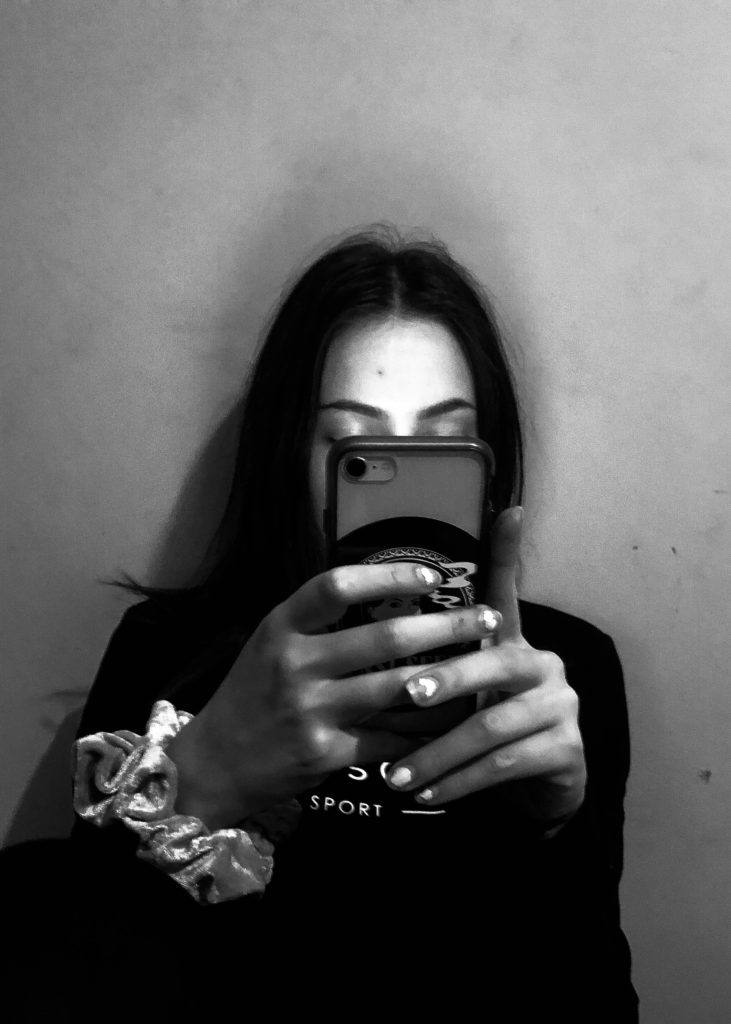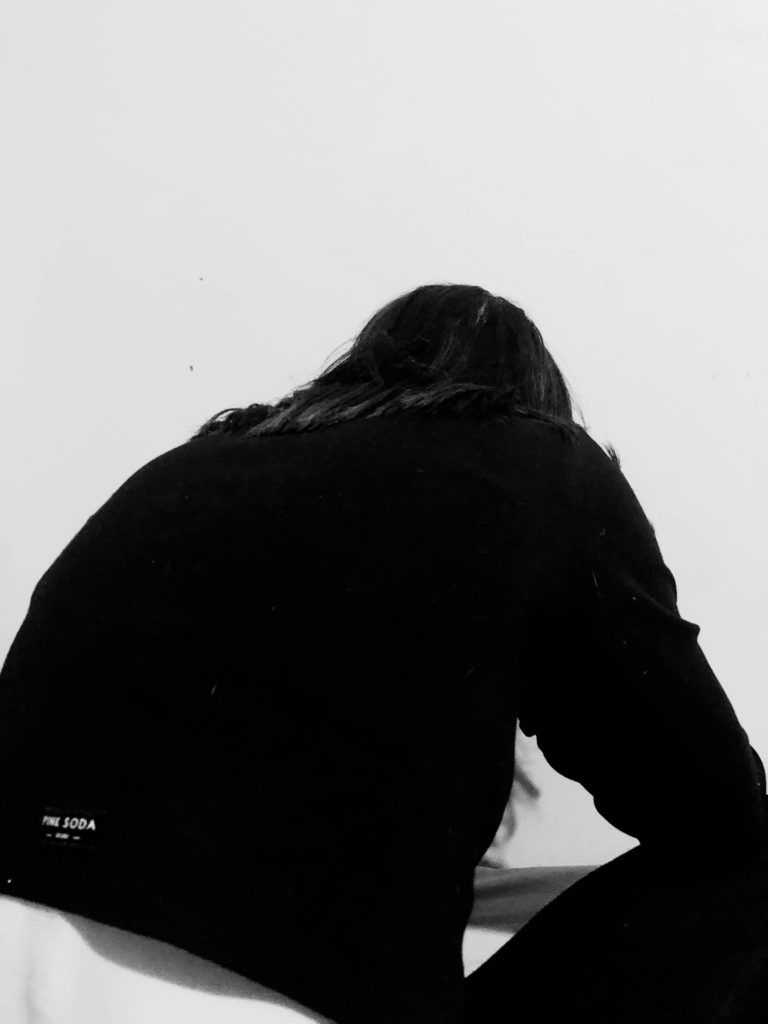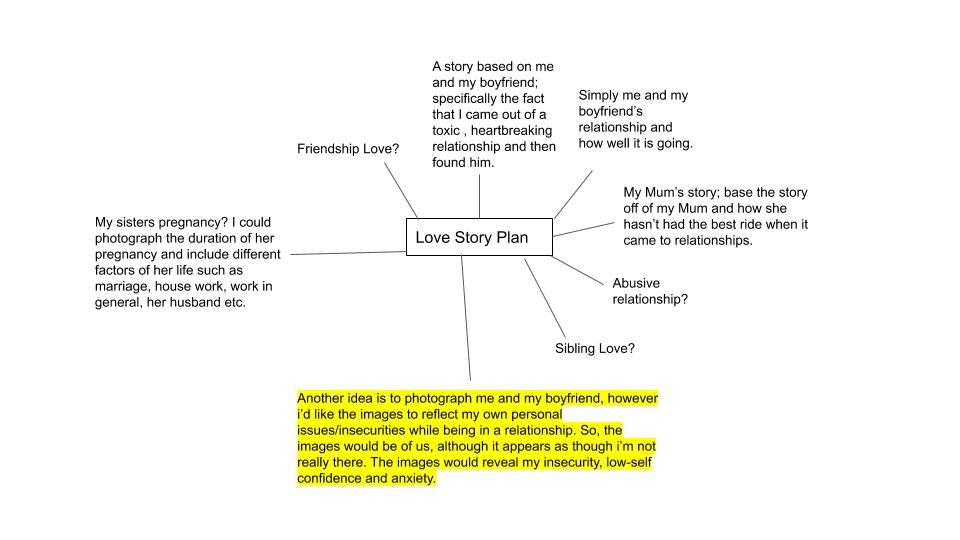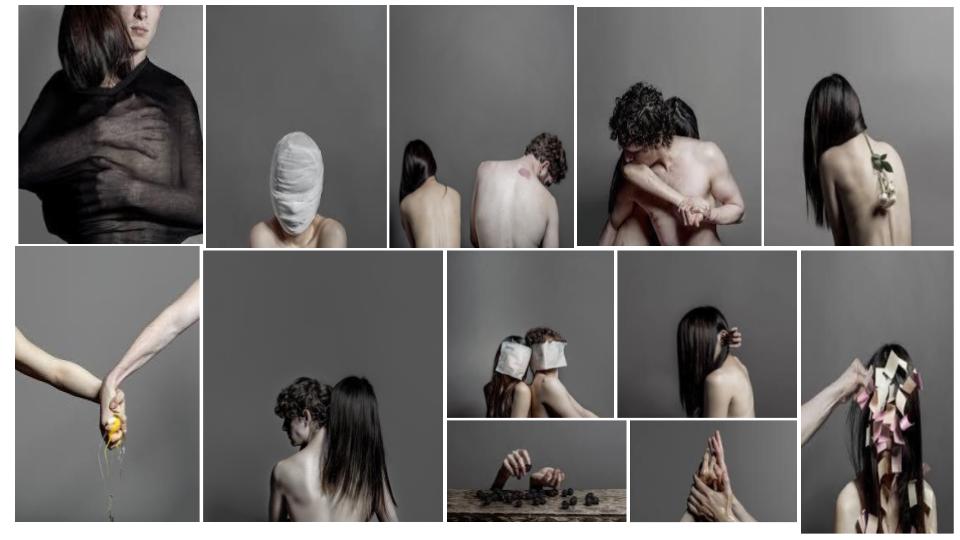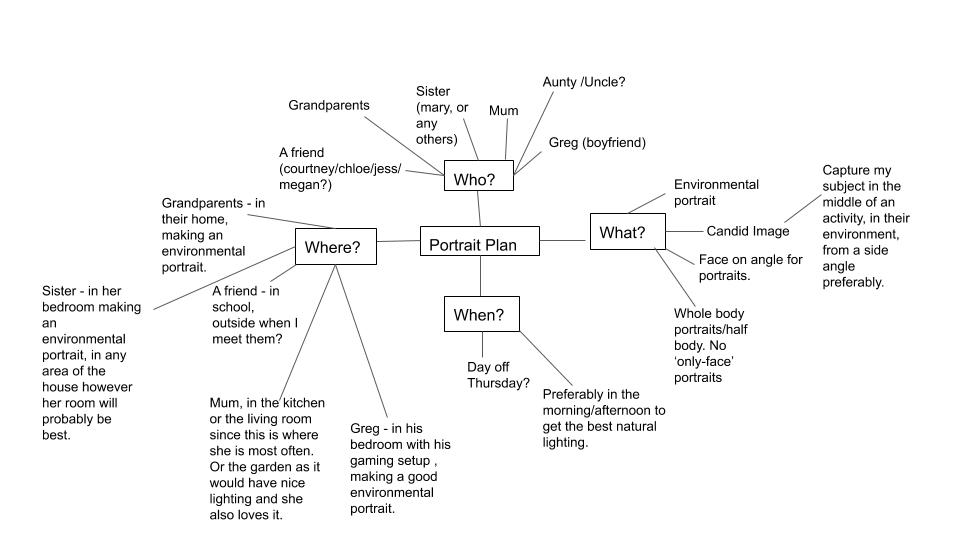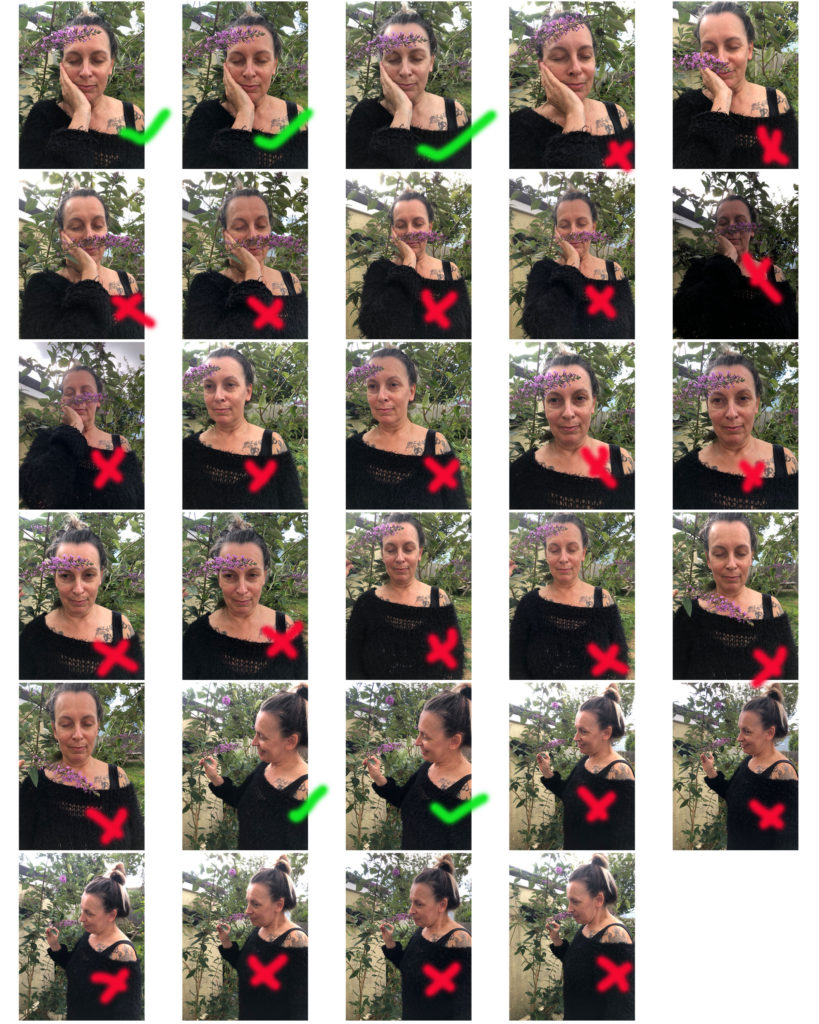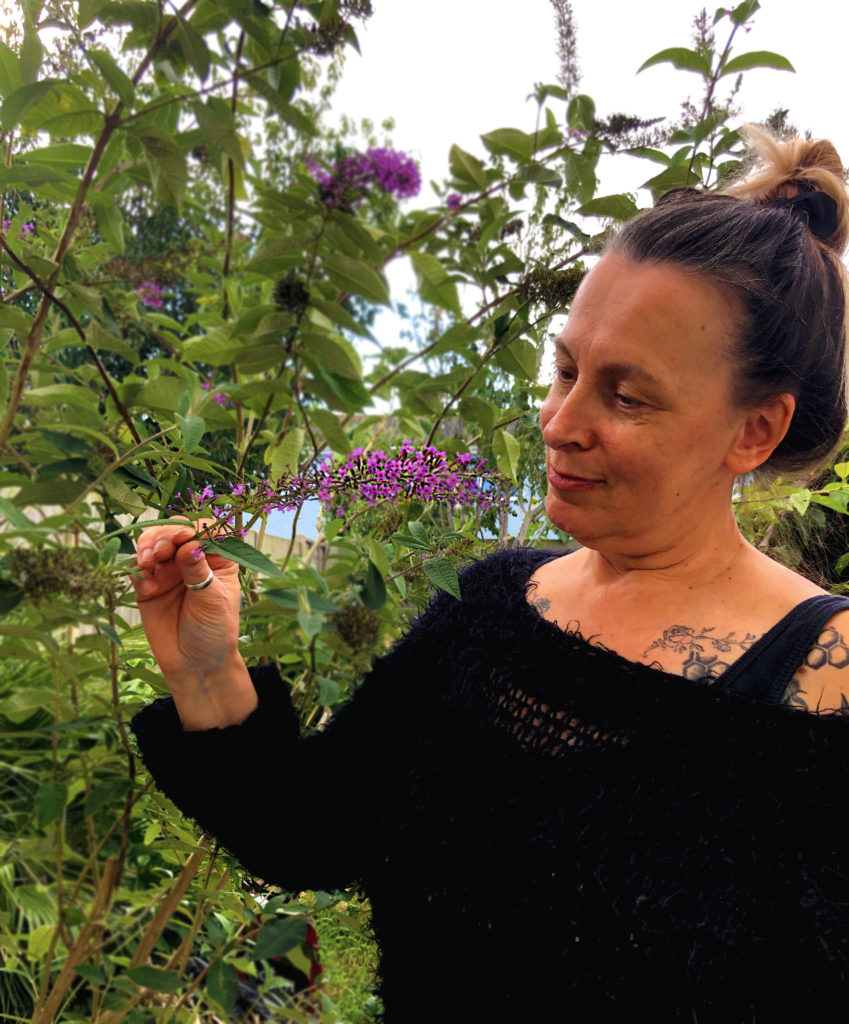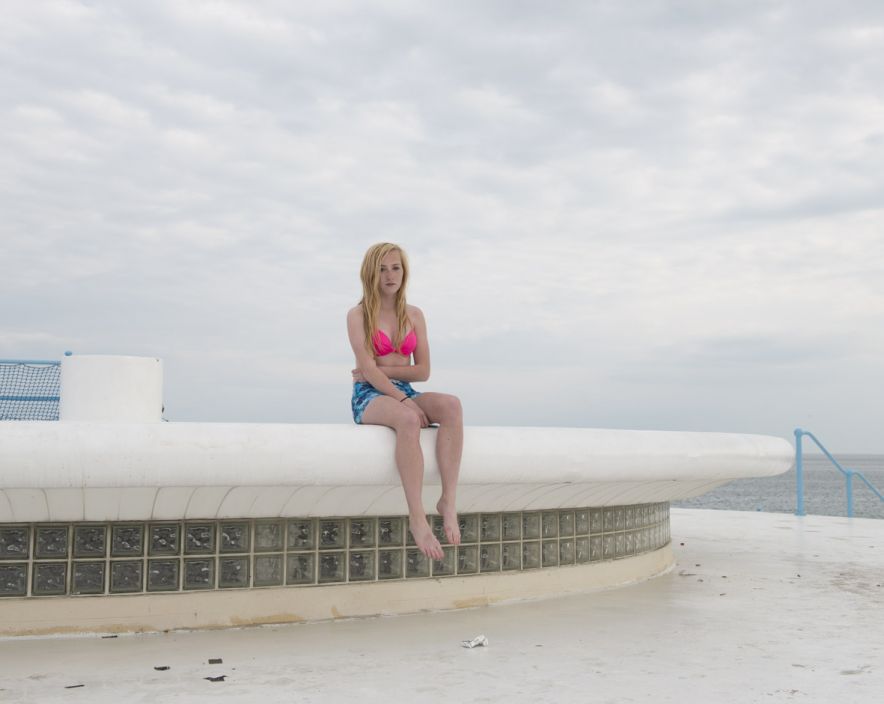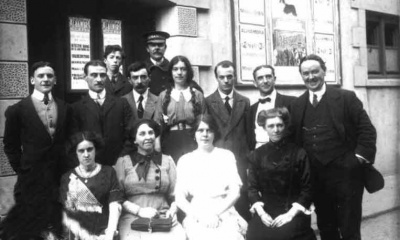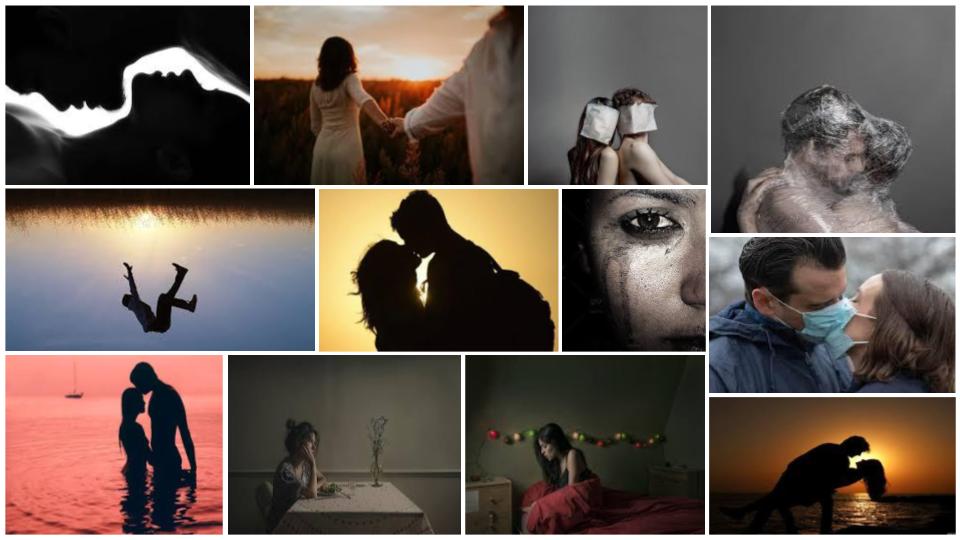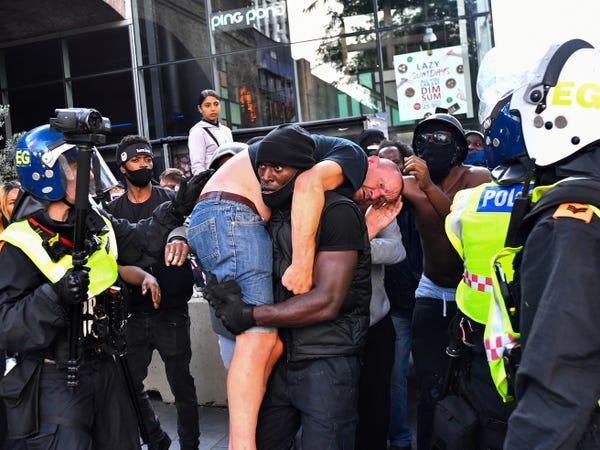Identity politics is a term that refers to a political approach wherein people of a particular race, religion, social background, class or other identifying factor from exclusive socio-political alliances, moving away from broad-based, coalitional politics to support and follow political movements that share a particular quality identifying with them. It’s main aim is to support and to center the concerns, agendas and projects of particular groups, in accord with specific social and political changes.

There are many different types of identity politics that raises awareness and many issues that comes with the identity of many people; which in my opinion shouldn’t really even be an issue in the first place. For example issues such as: Racial and Ethnocentral this topic is increasingly analysed in media, especially recently with the Black Lives Matter movement which involved Police Officers in the US discriminating against black people purely because of their skin colour. This has been an ongoing issue historically. However there are many different types of racial politics such as: Arabic Identity Politics and White Identity Politics. There is also Gender Identity Politics which basically looks at how different genders affect the way that people look at certain individuals and also LGBTQ Identity Politics which may involve different rights between heterosexual and homosexual people – which is bizarre.

In my opinion, identity politics doesn’t really make any sense to me. There should be no need and there is no room in the world to discriminate someone based on their identity. At the end of the day we are all human and we are all the same no matter our race, gender, sexuality, hair colour etc. However, this is still an ongoing issue with people from all around the world being discriminated against due to certain stereotypes that we have come up with as a society. However in a sense, Identity politics can be helpful and we should seek to understand it as it is am important and influential aspect of our world. All politics in the end has an element of identity.
A culture war is a cultural conflict between social groups and the struggle for dominance of their values beliefs and practices. It commonly refers to topics on which there is a general societal agreement and polarization in societal values is seen. The term is commonly used to describe contemporary politics in the US. Issues such as abortion, homosexuality, transgender rights, pornography, multiculturalism, racial viewpoints and other cultural conflicts based on values, morality and lifestyle being described as the major political cleavage.
However, as liberalism becomes more dominant we have seen figures concerning culture wars significantly change. For example, between 1989 and 2019, the proportion of the population that thought gay relationships were wrong fell from 40% to 13% and the numbers opposed to abortions halved. This is a positive change to our society however culture wars do still exist when concerning things such as immigration, the corona virus pandemic, racism etc. As you have seen with the Black Lives Matter Movement, there was lots of controversy.
Photography can be an influential and powerful way to reveal different opinions, outlooks, identities and cultures. These are some links for you to look at which links photography with identity politics and culture wars:



